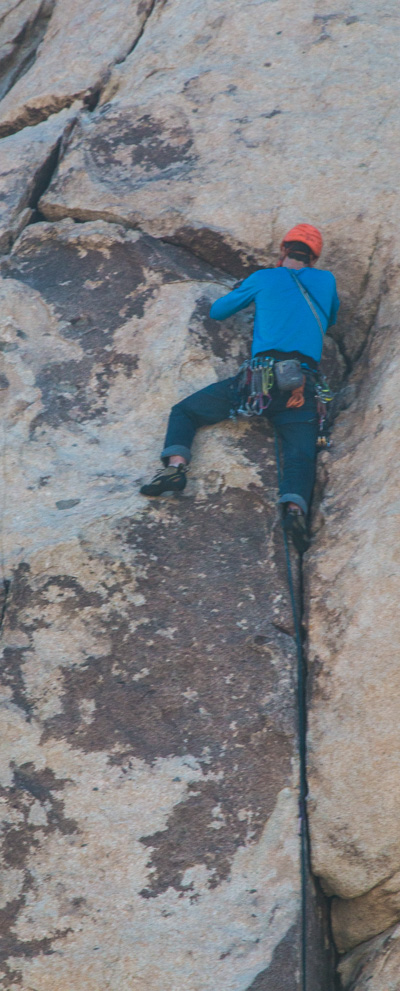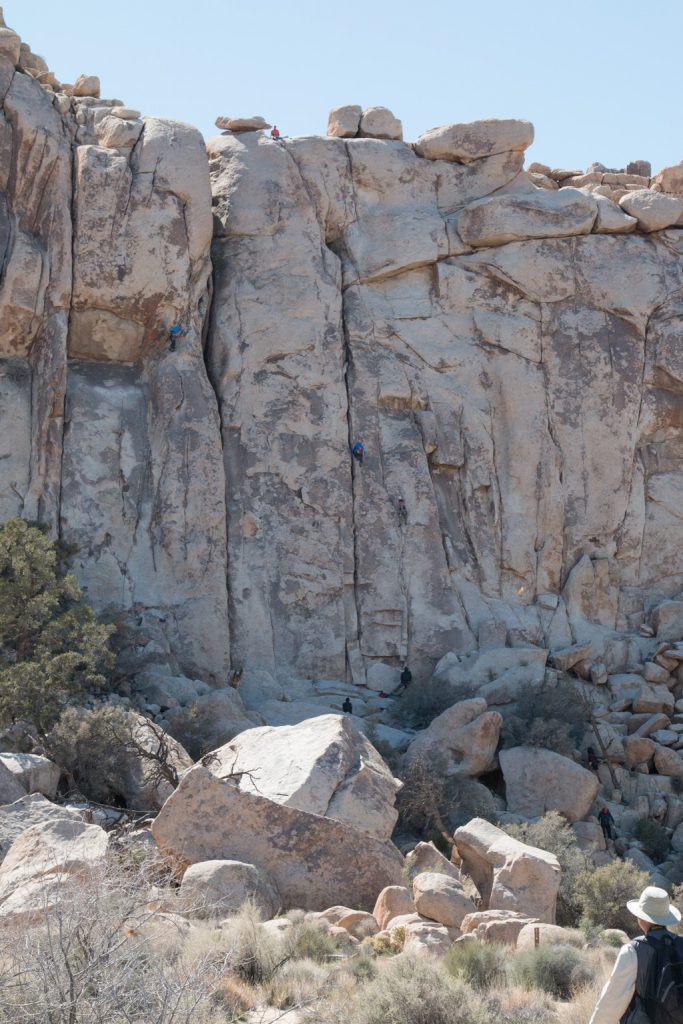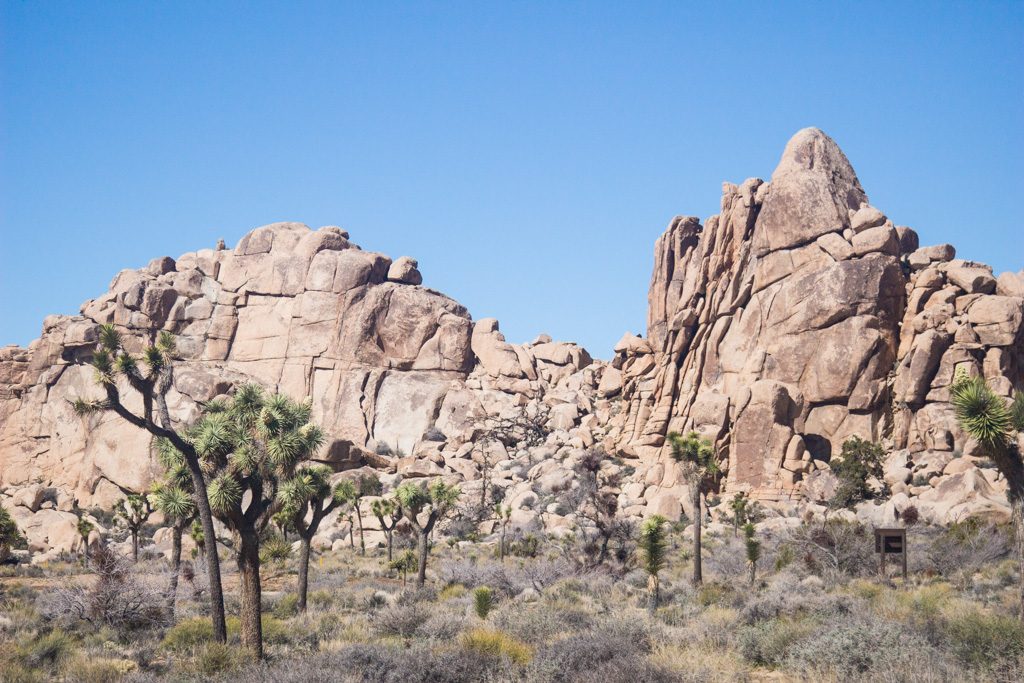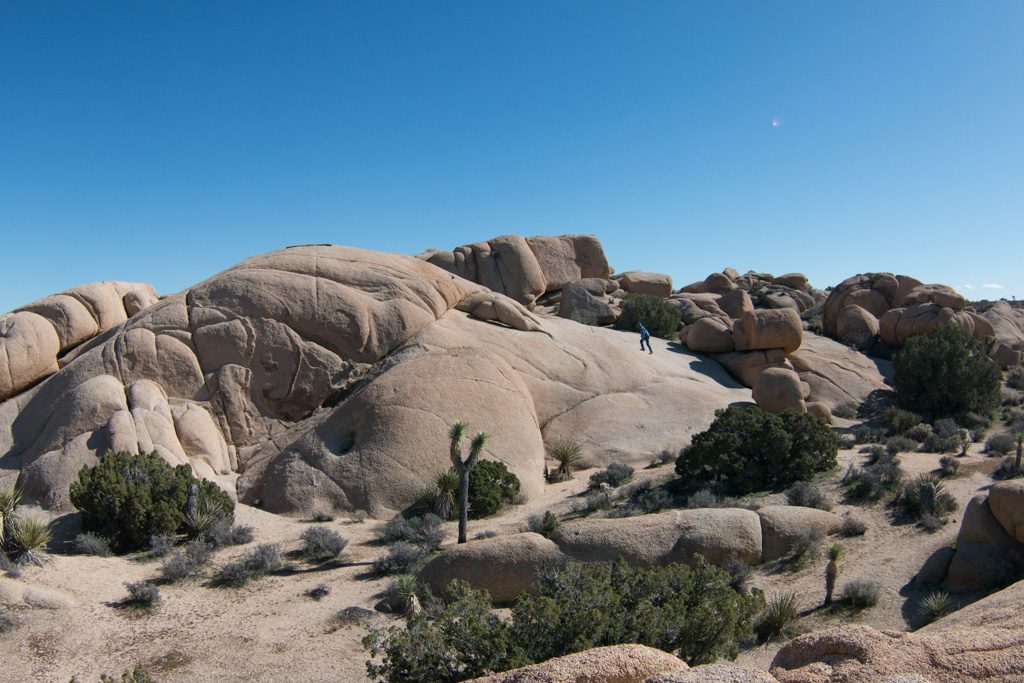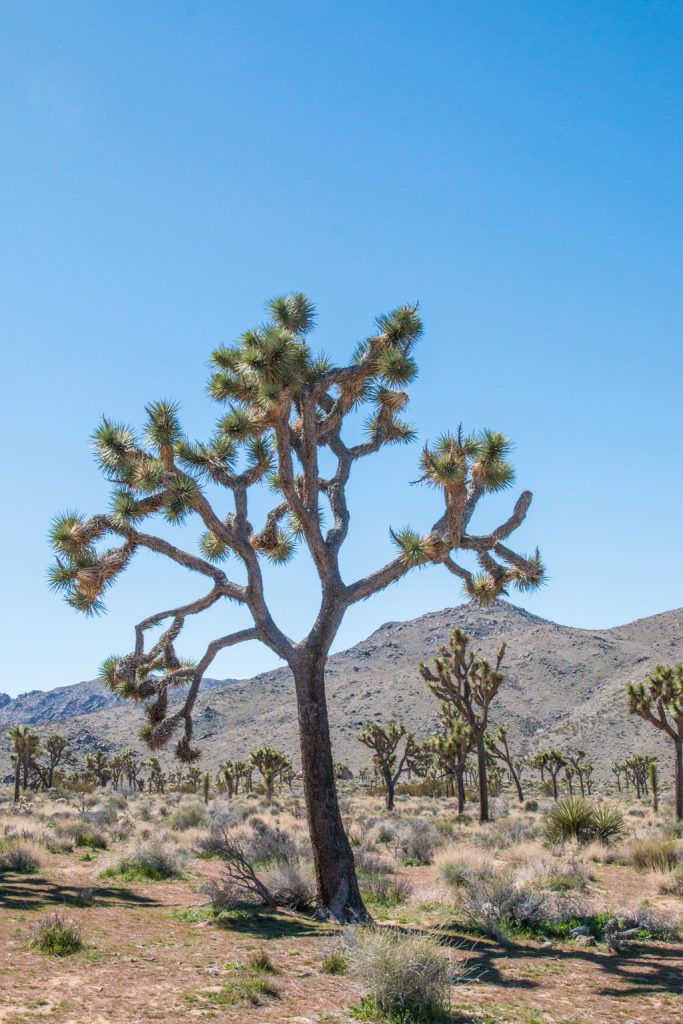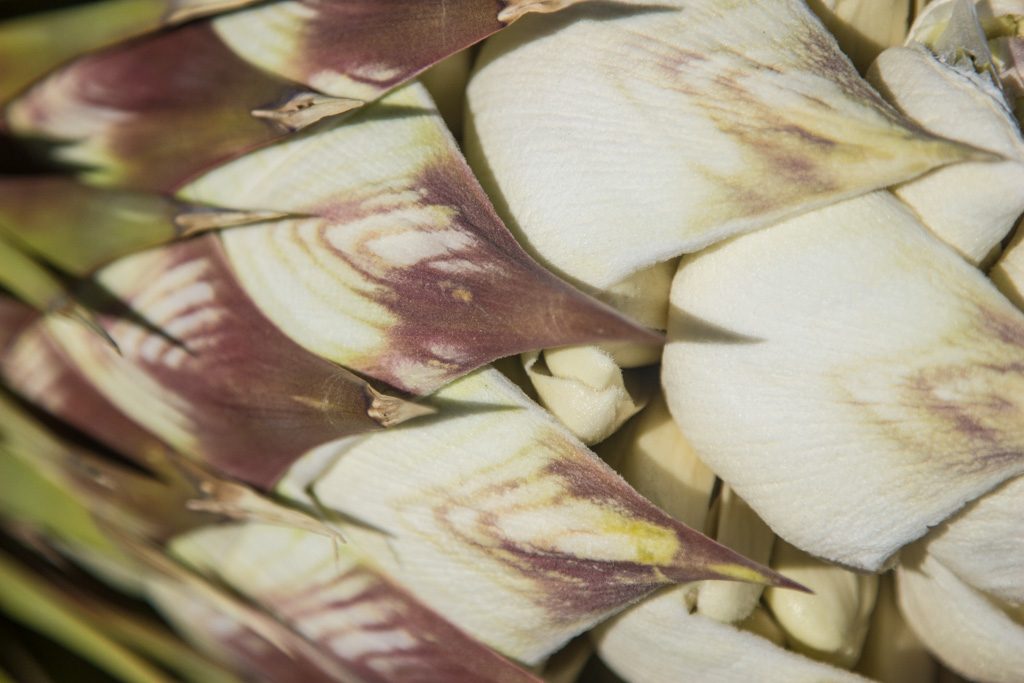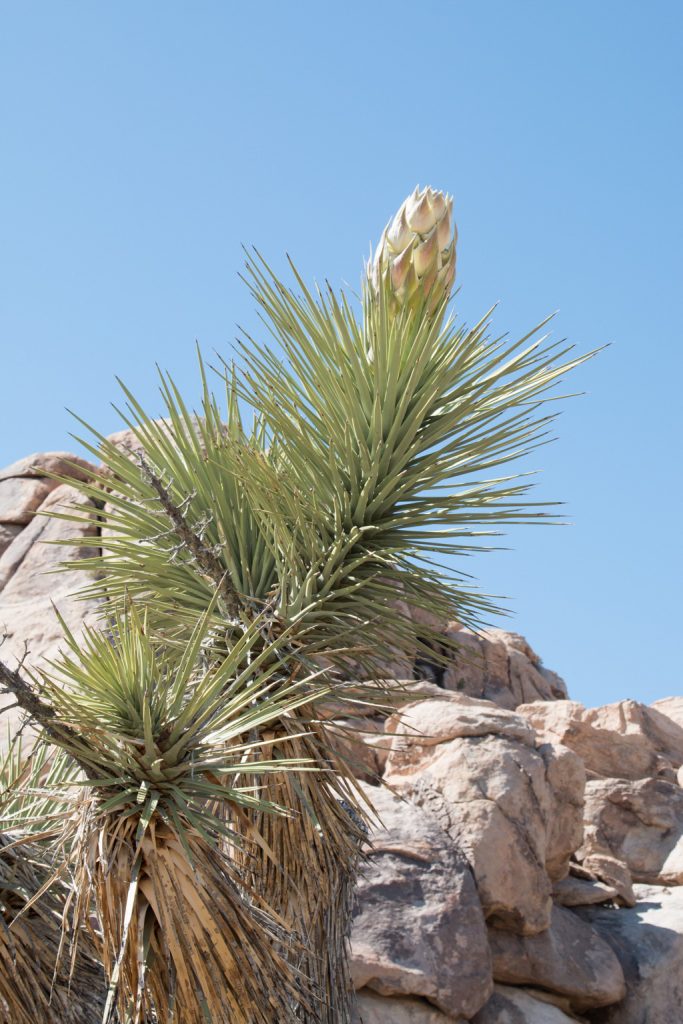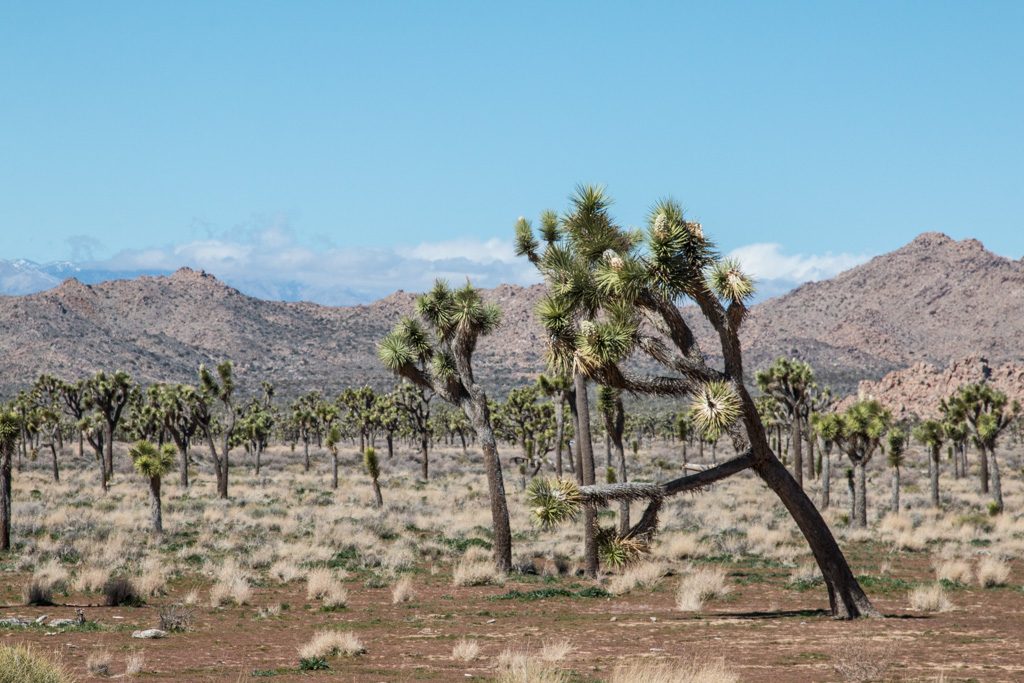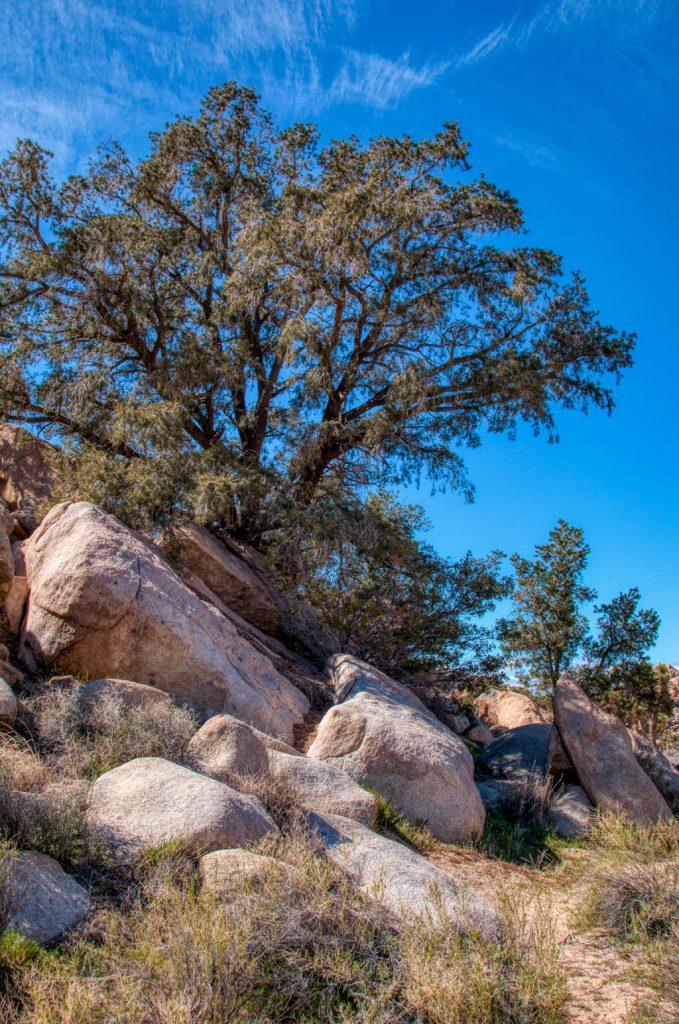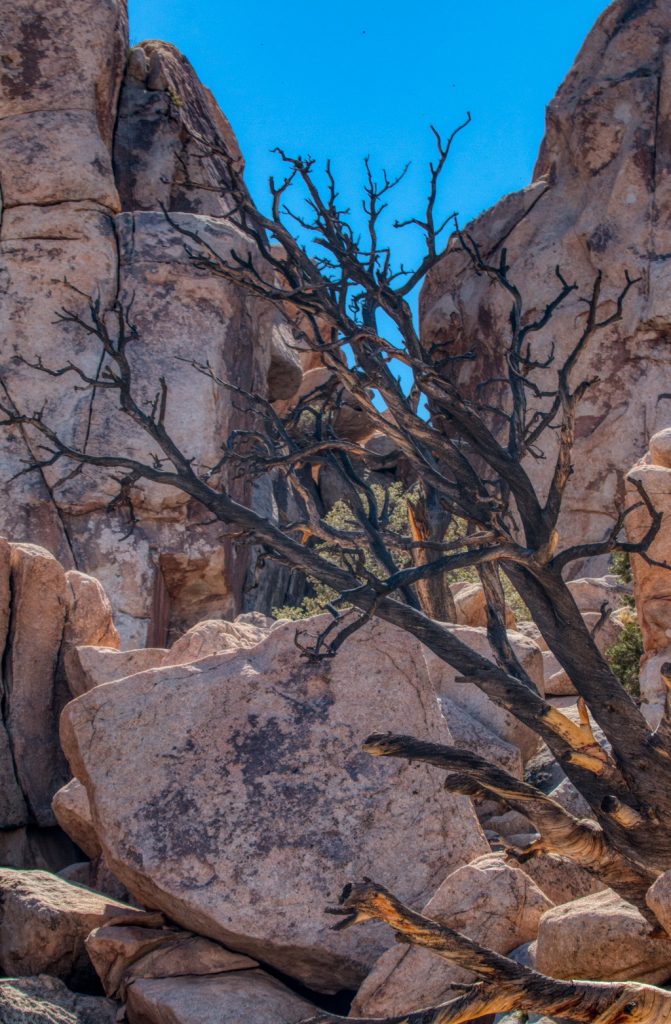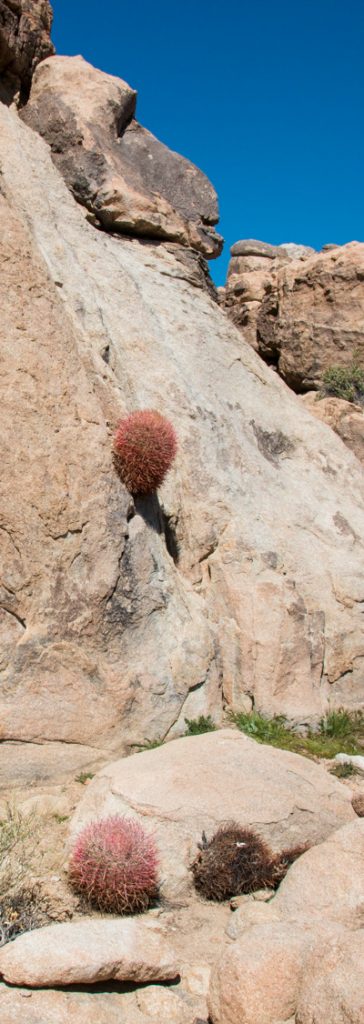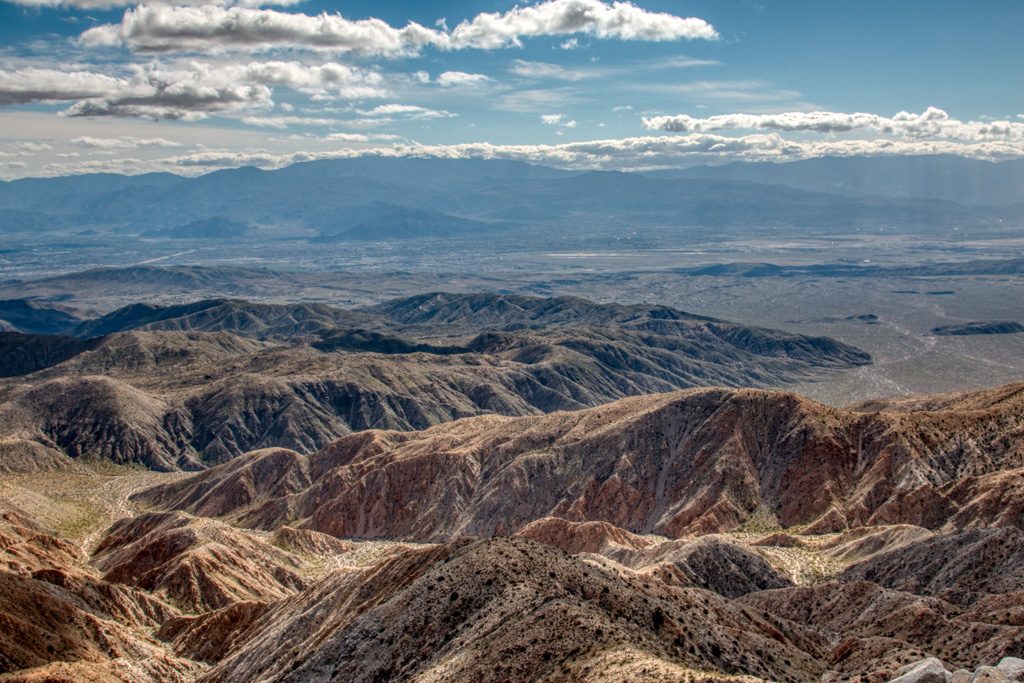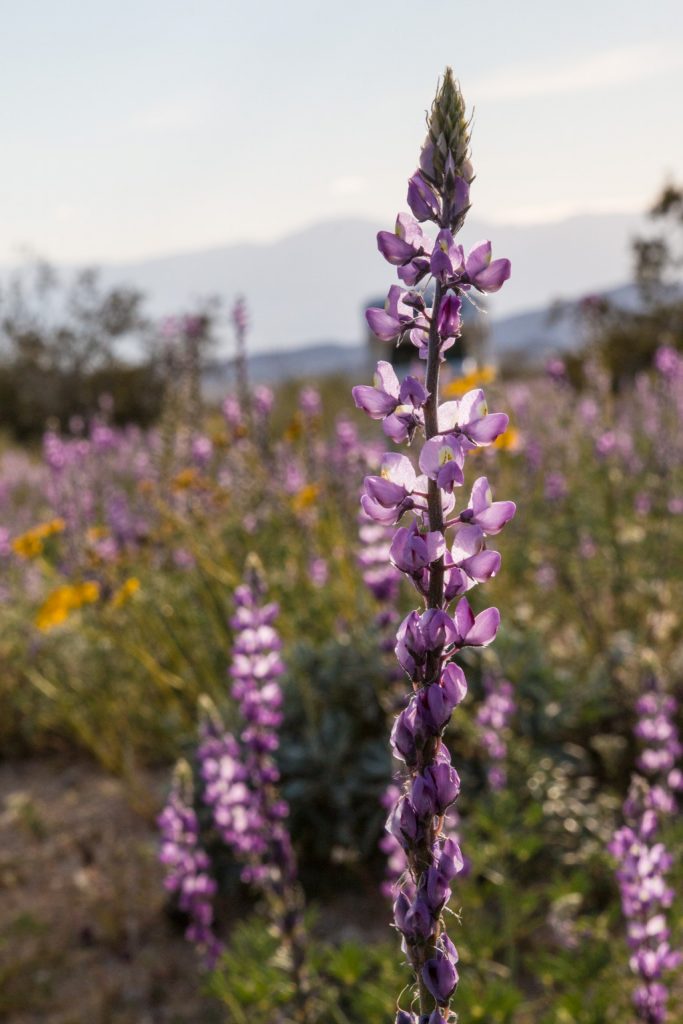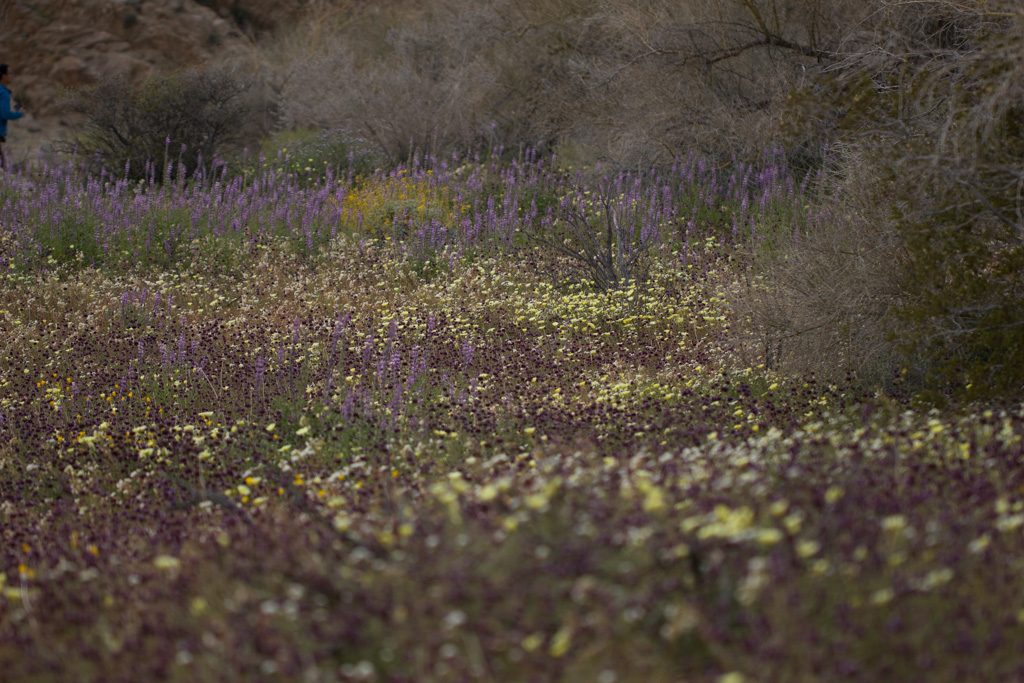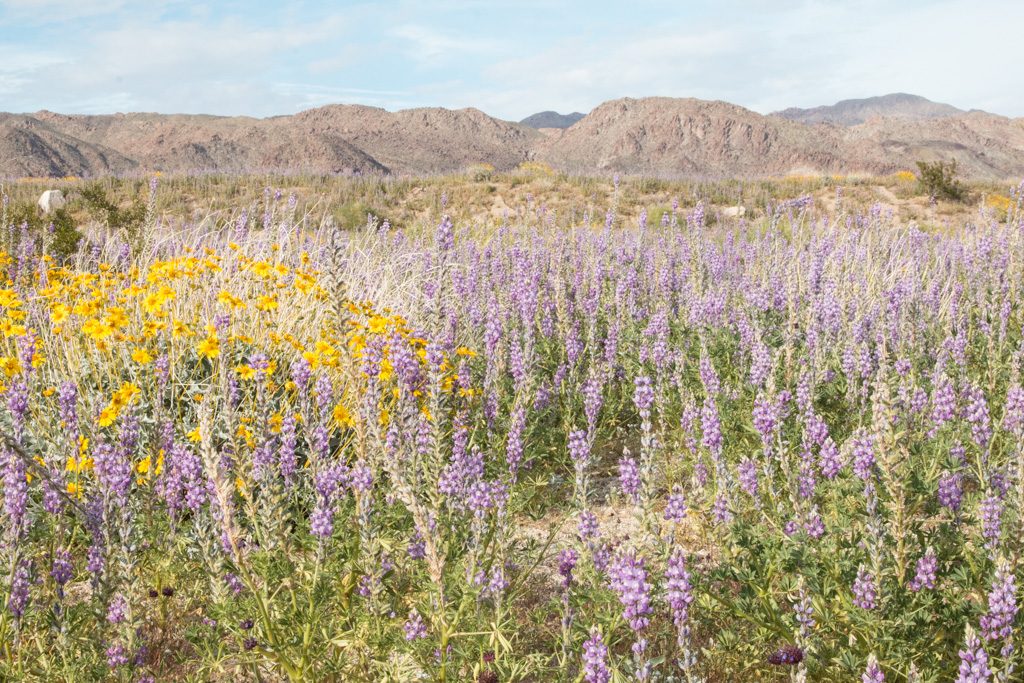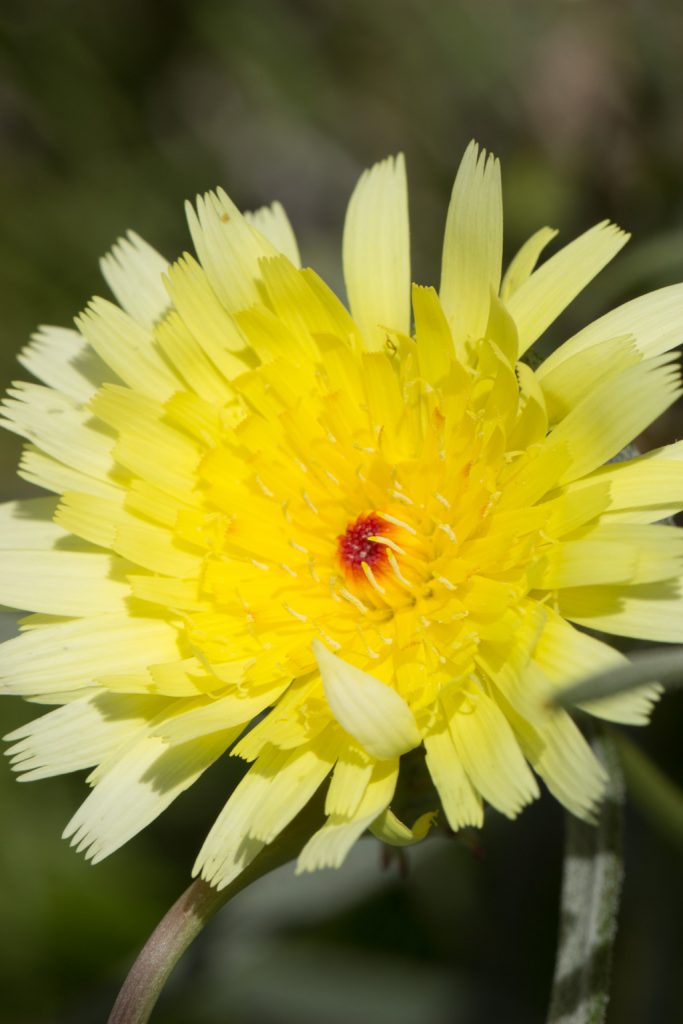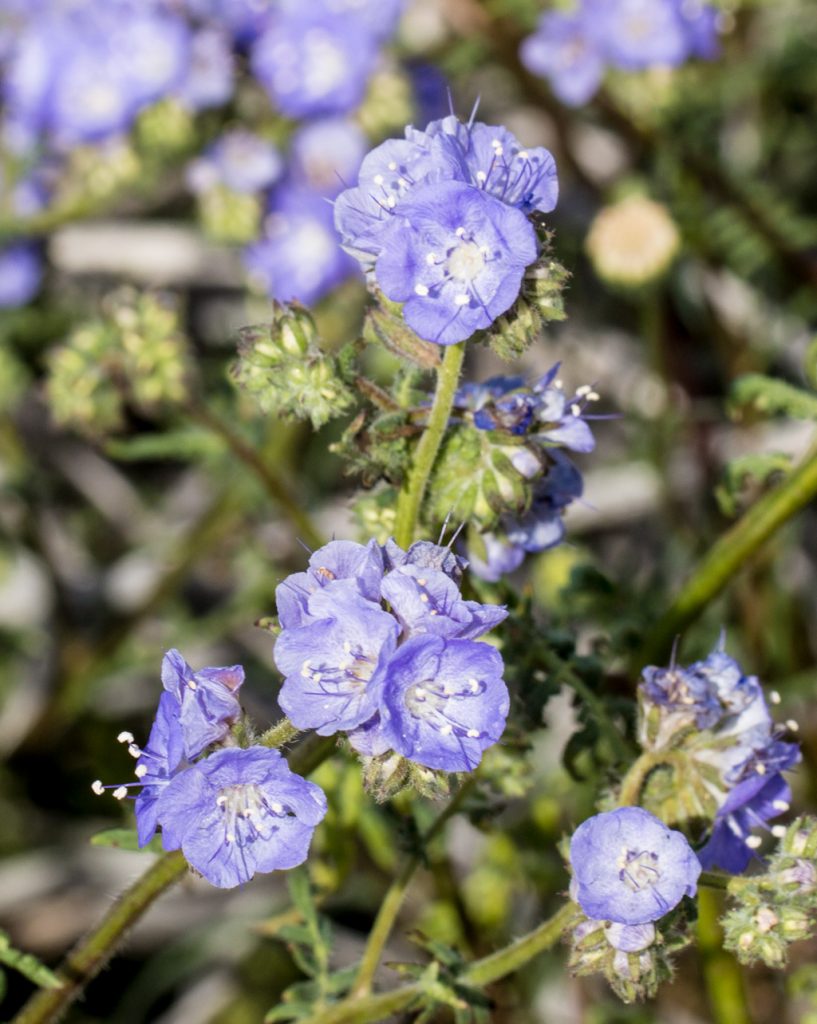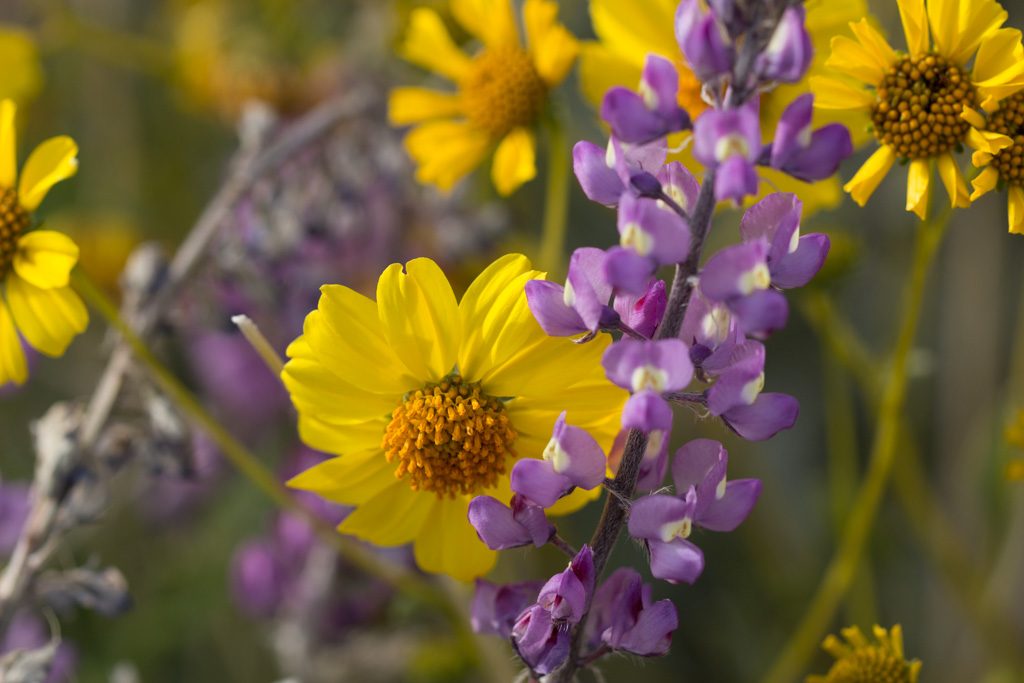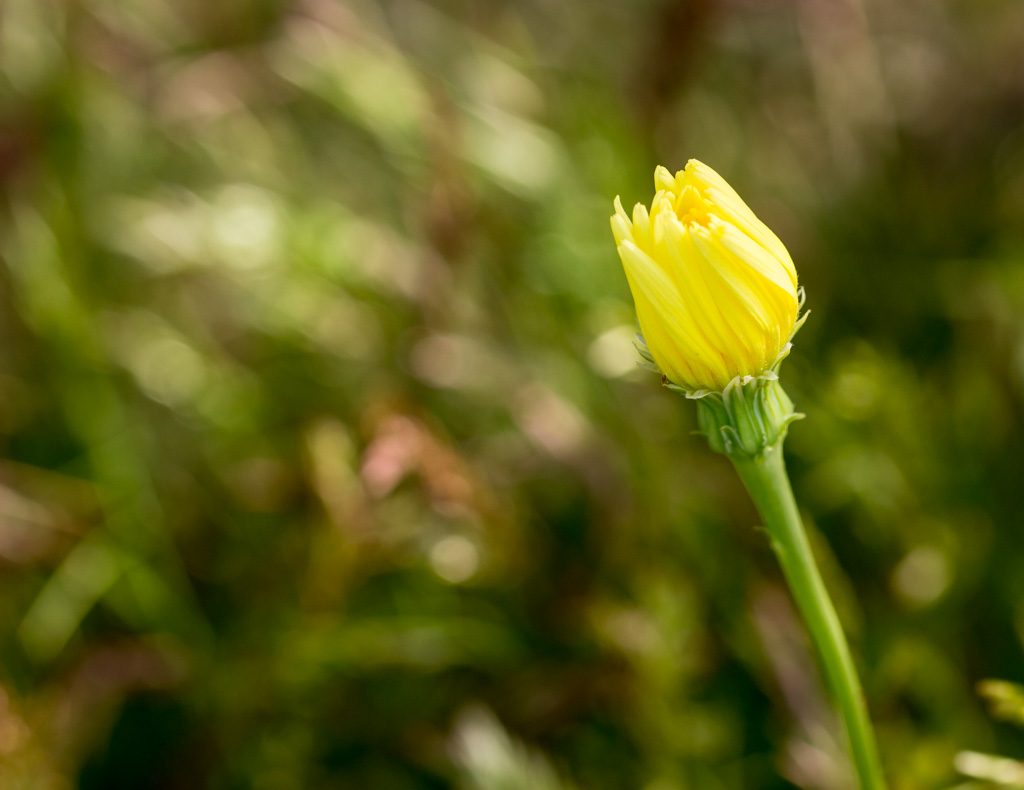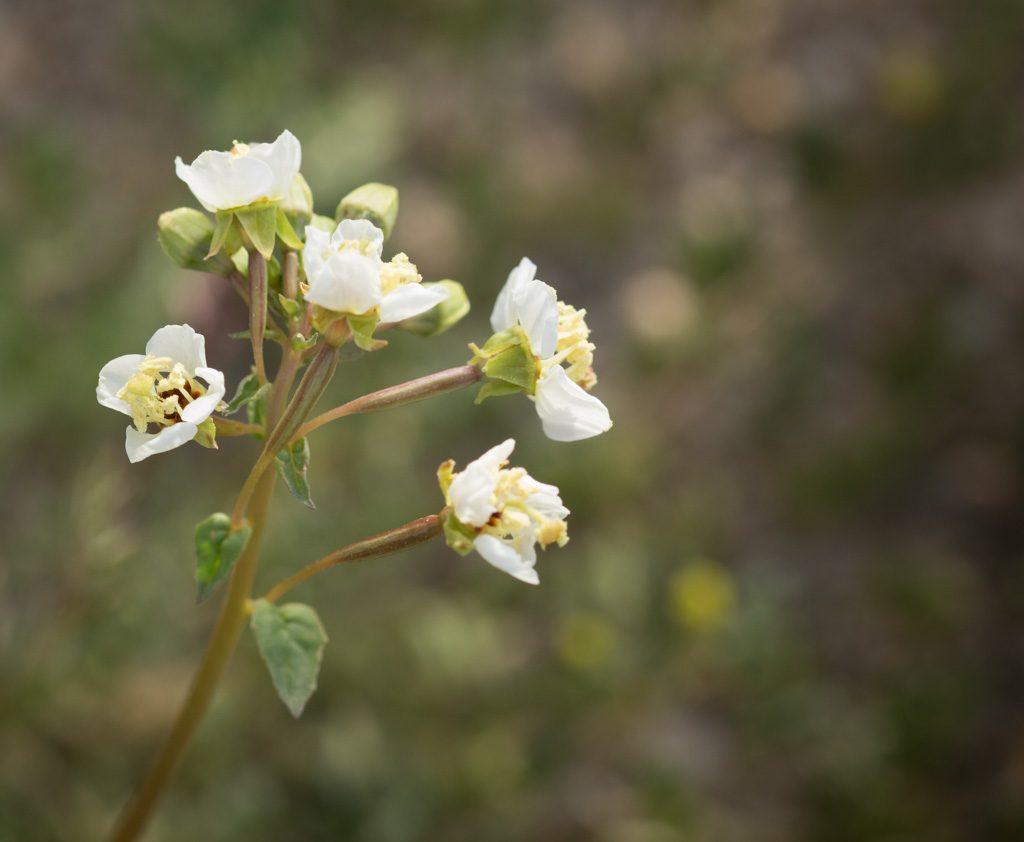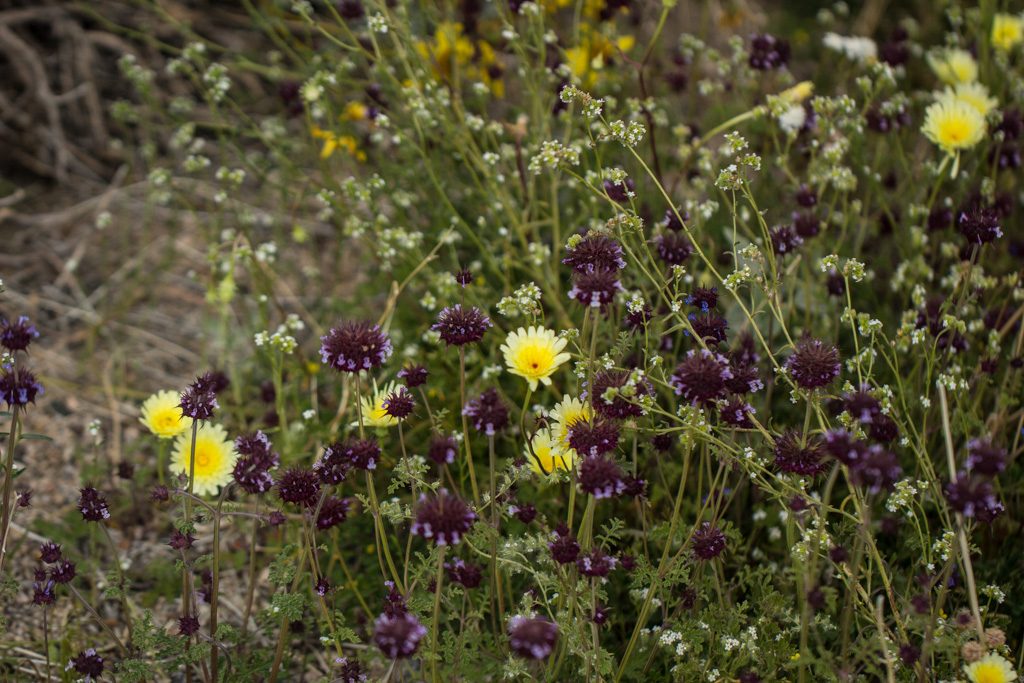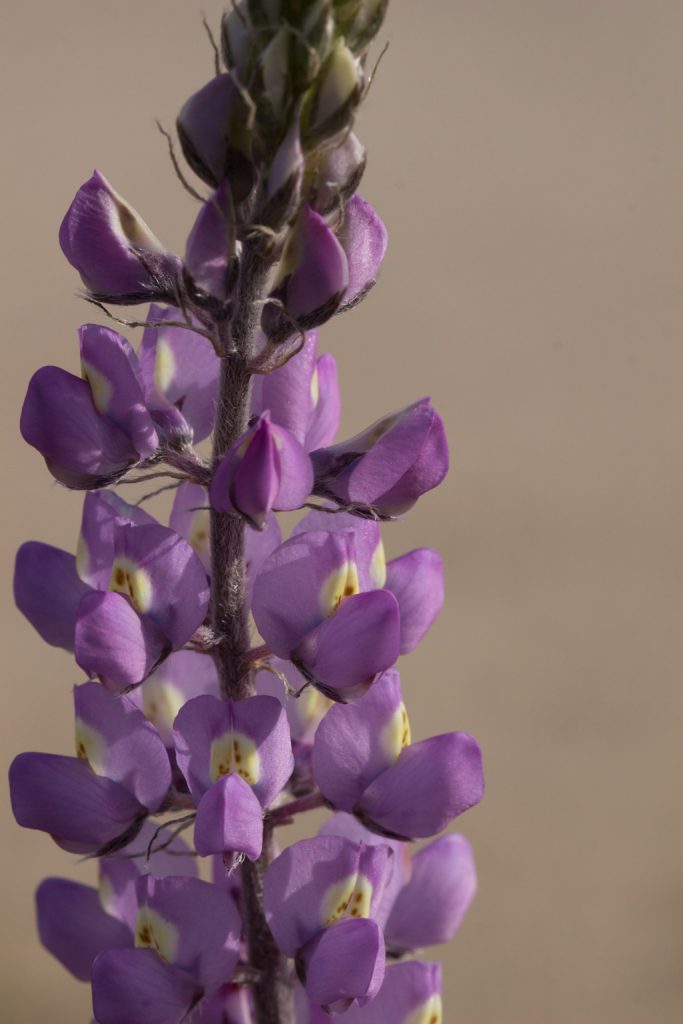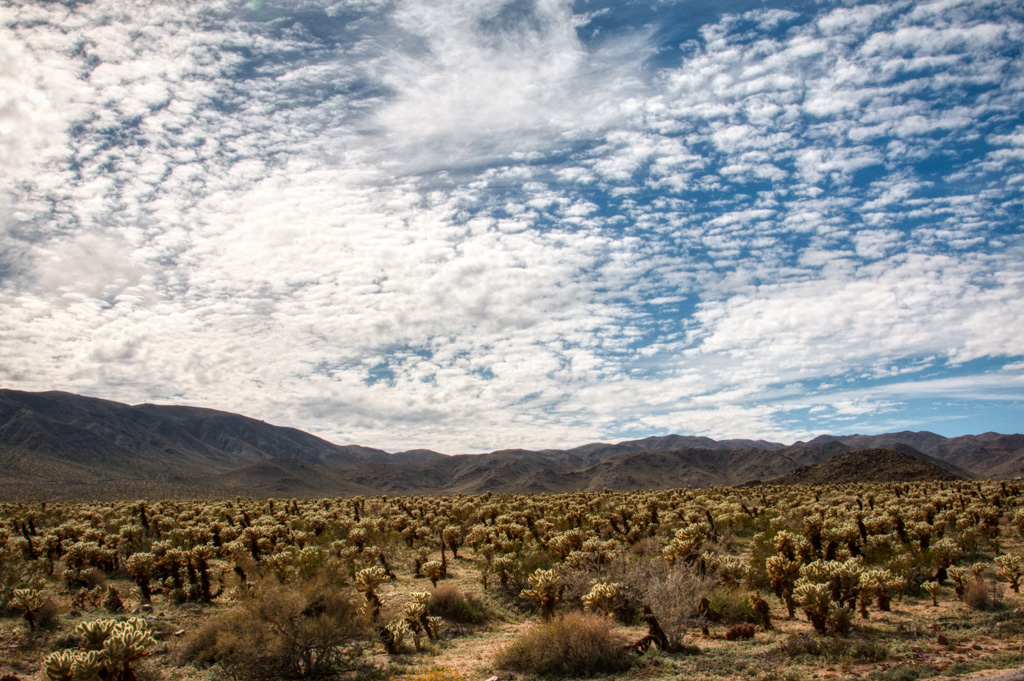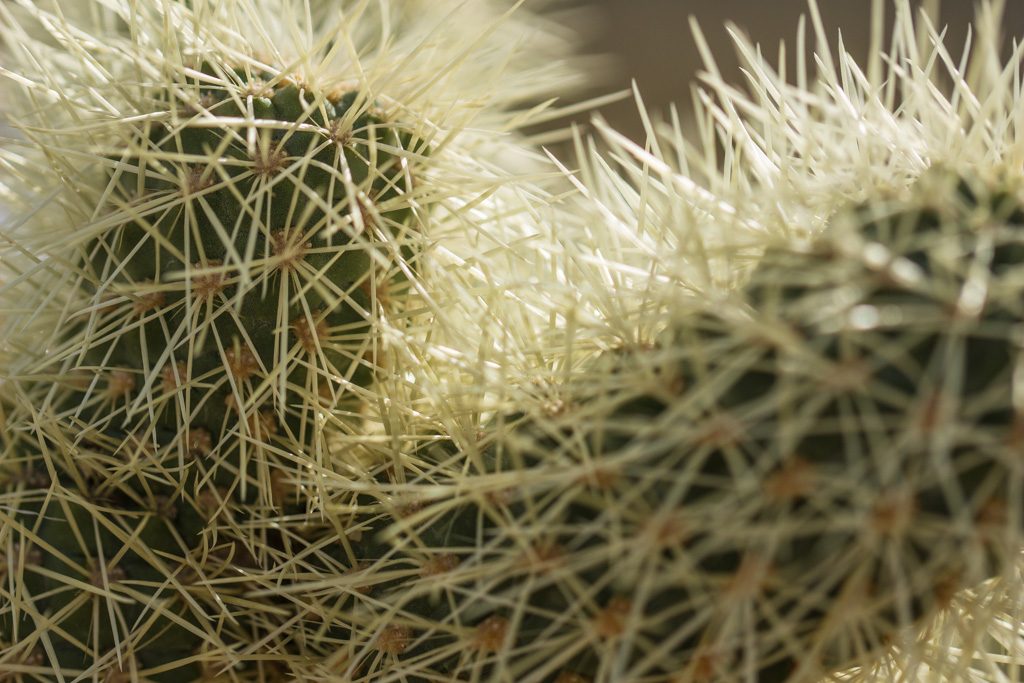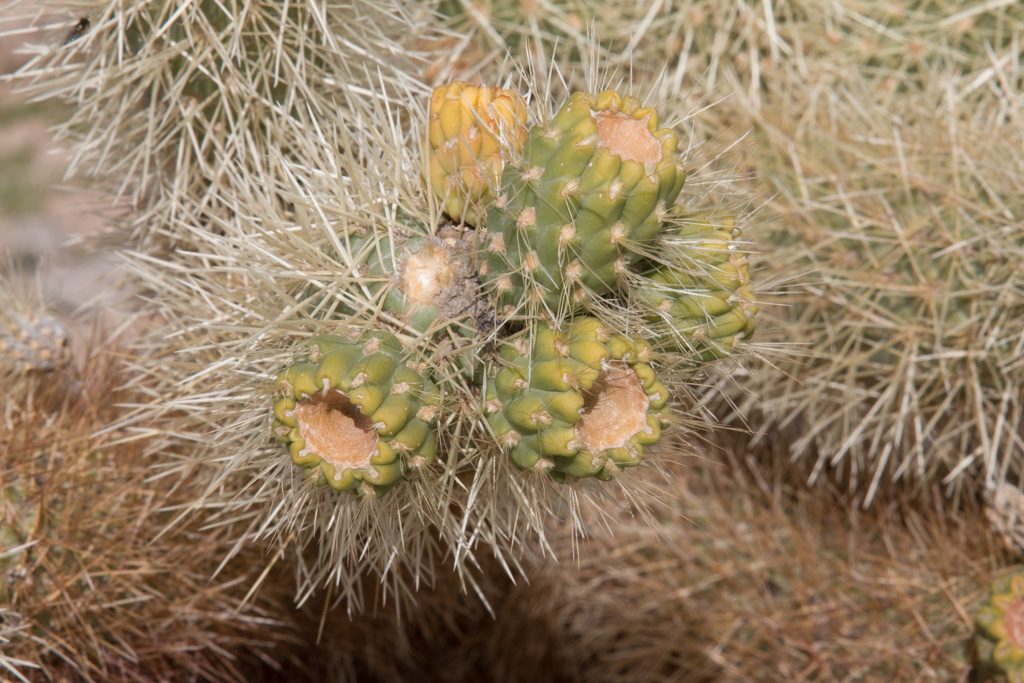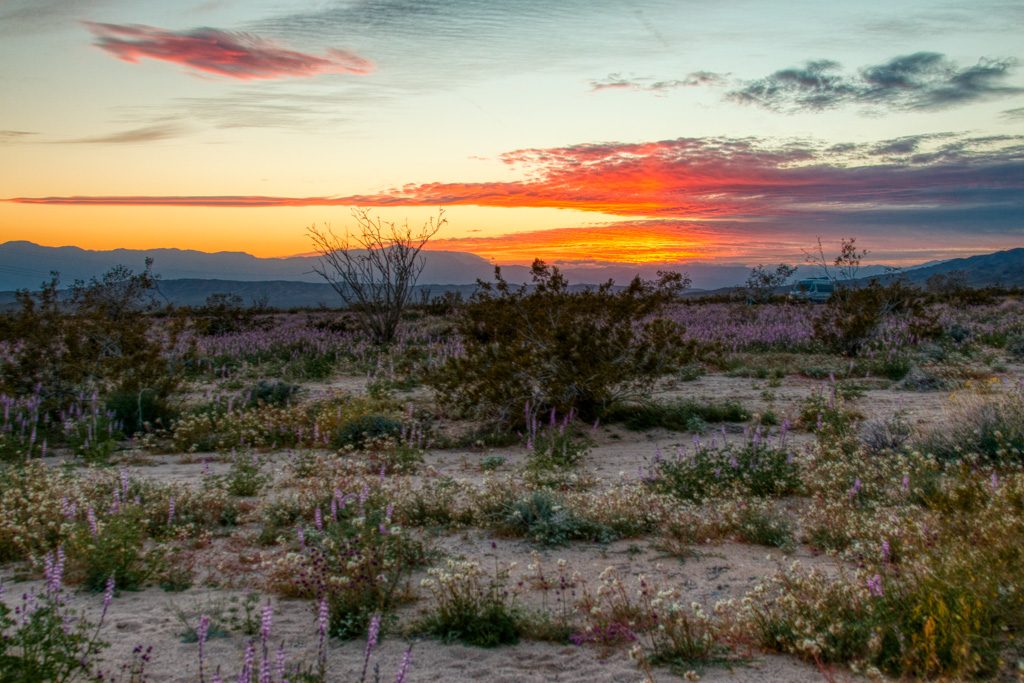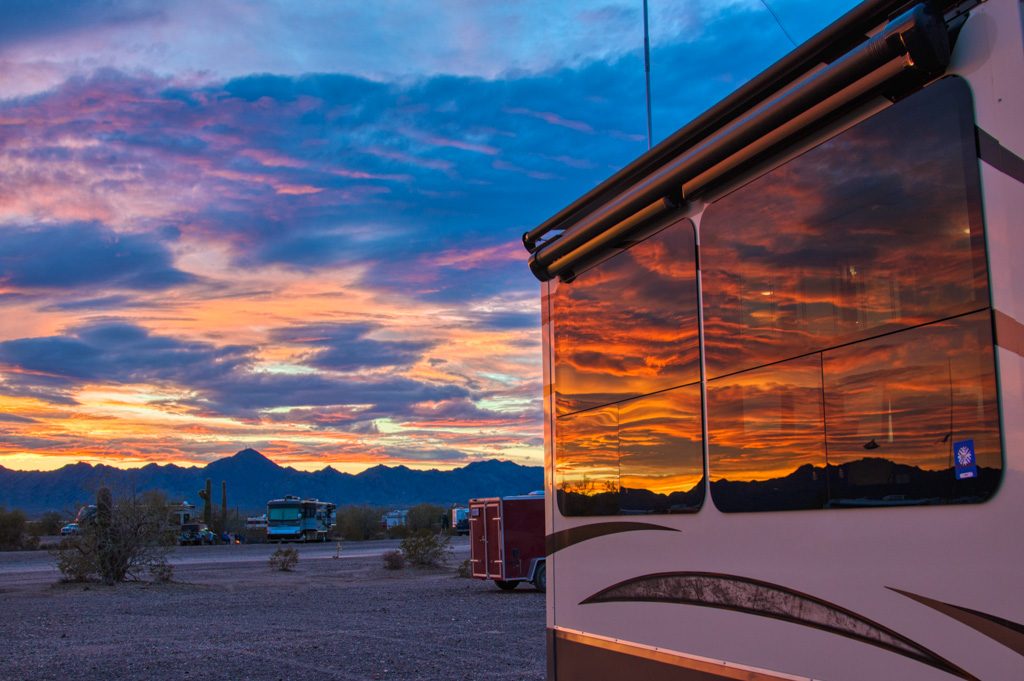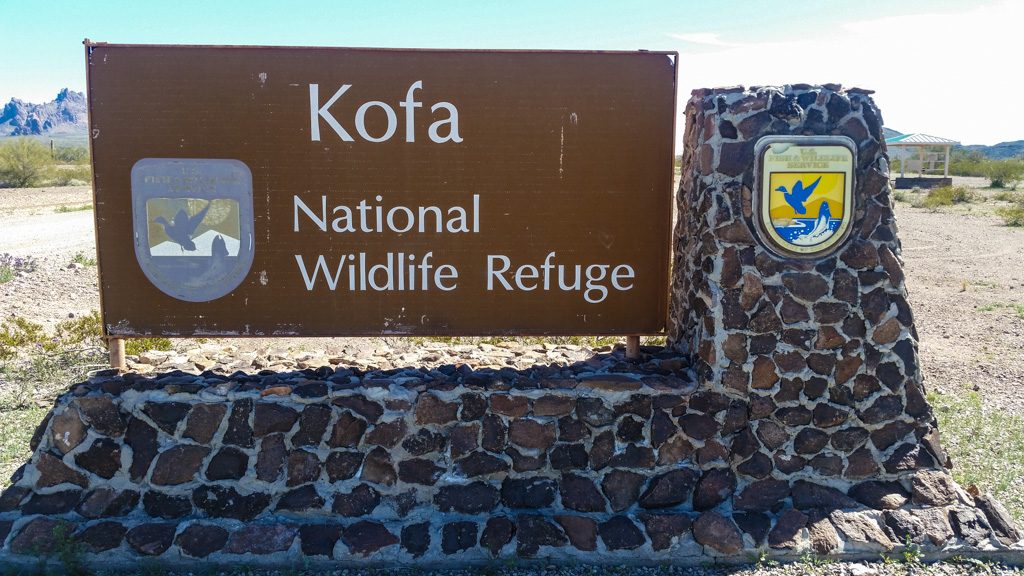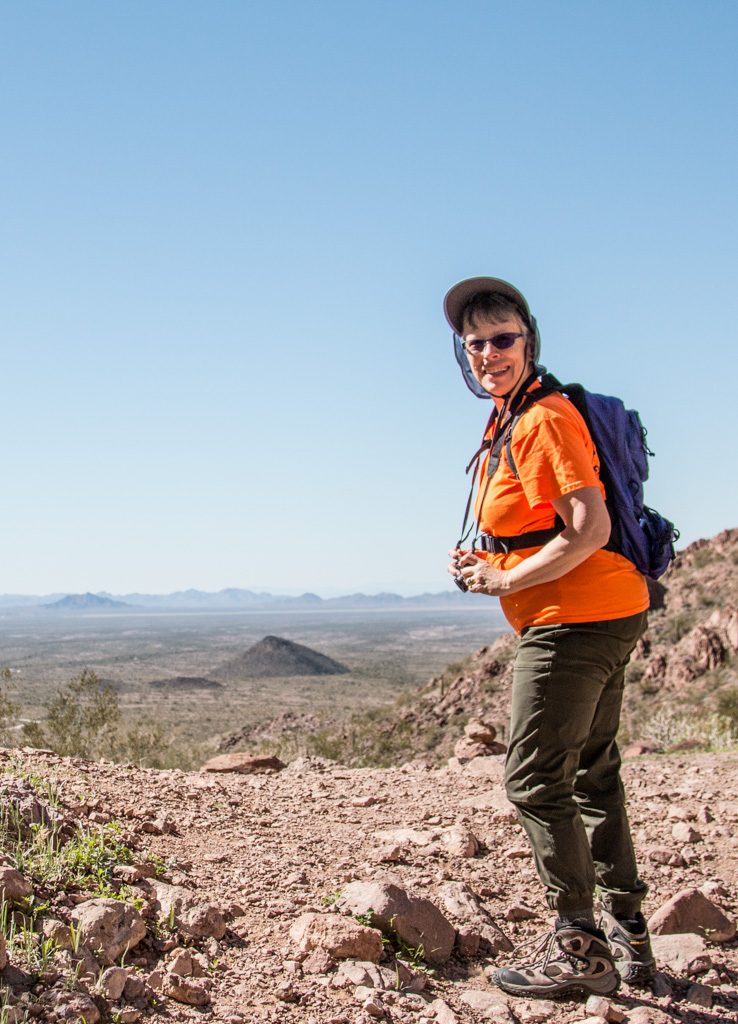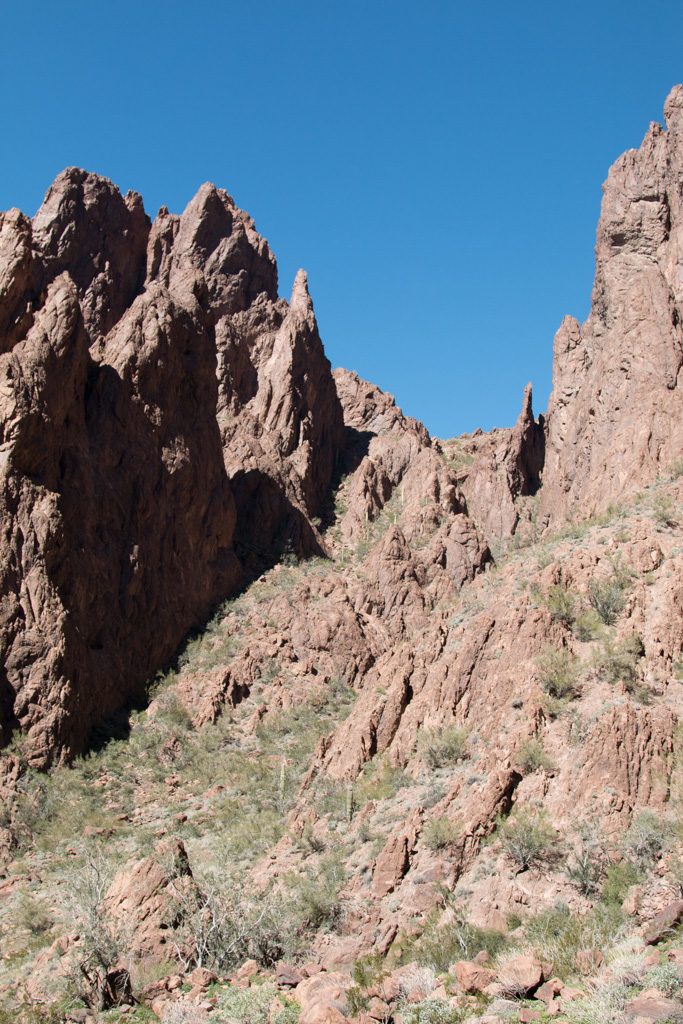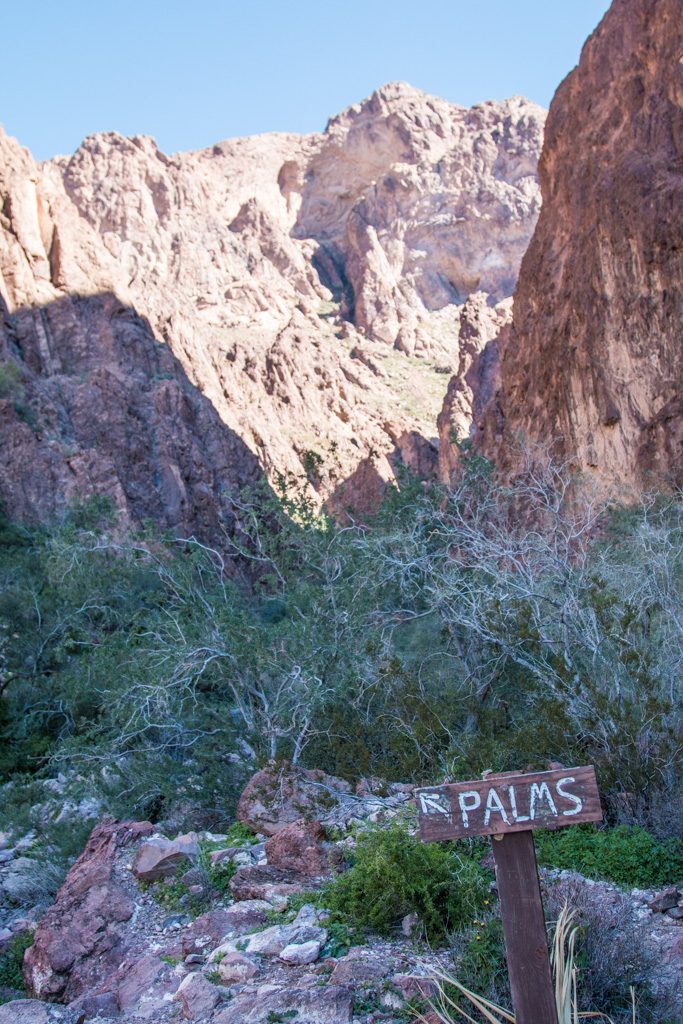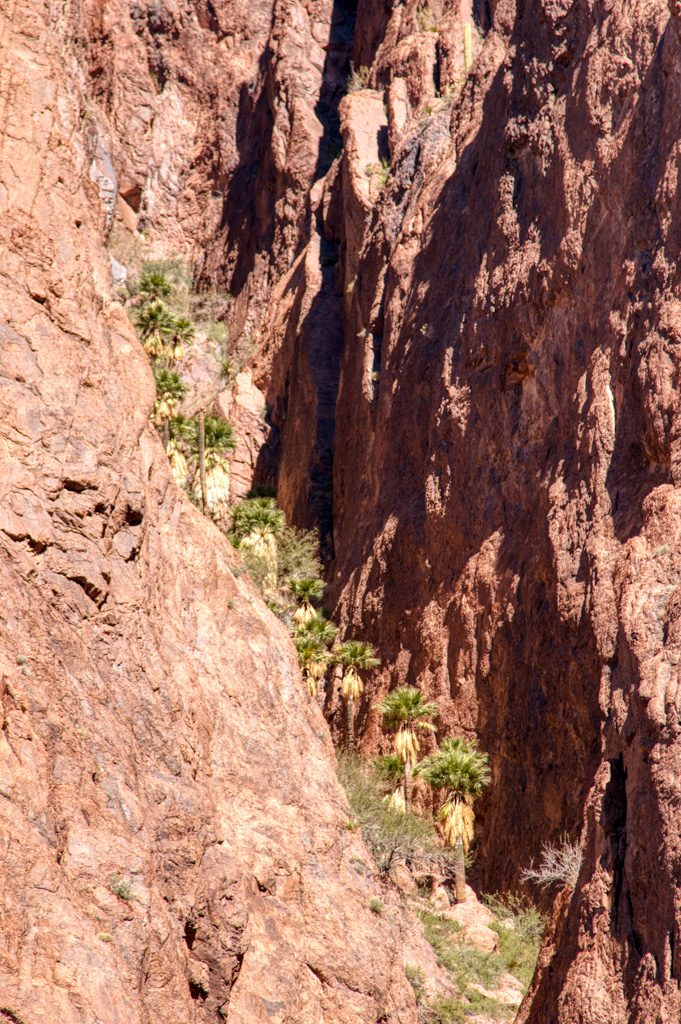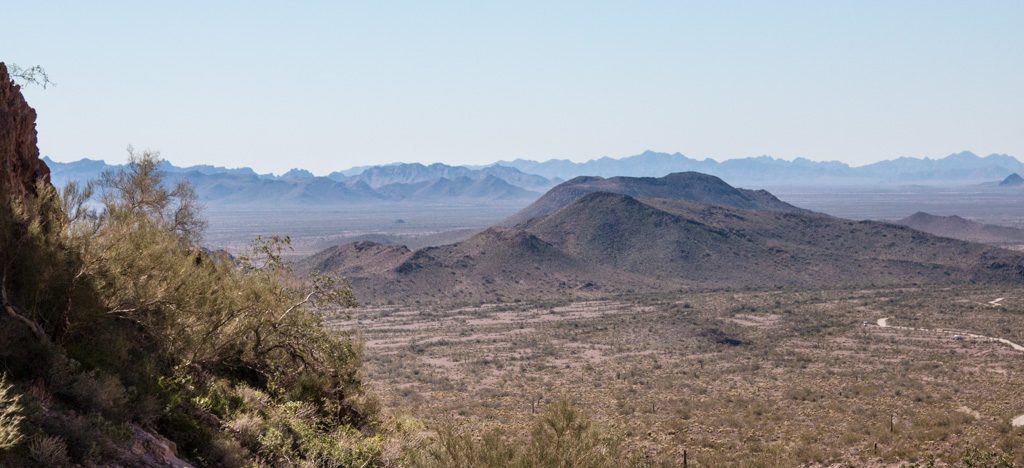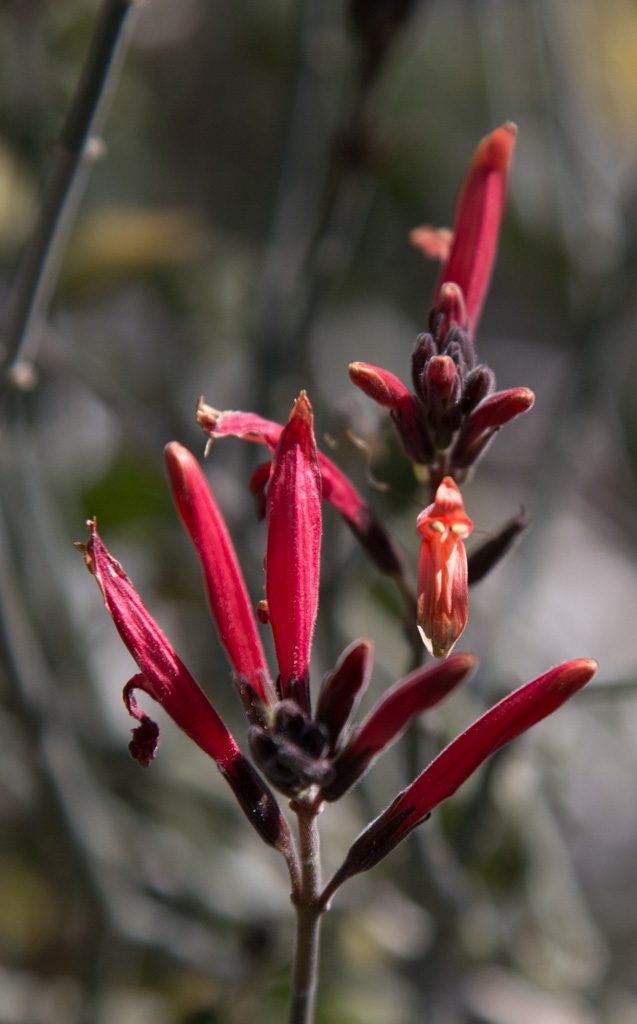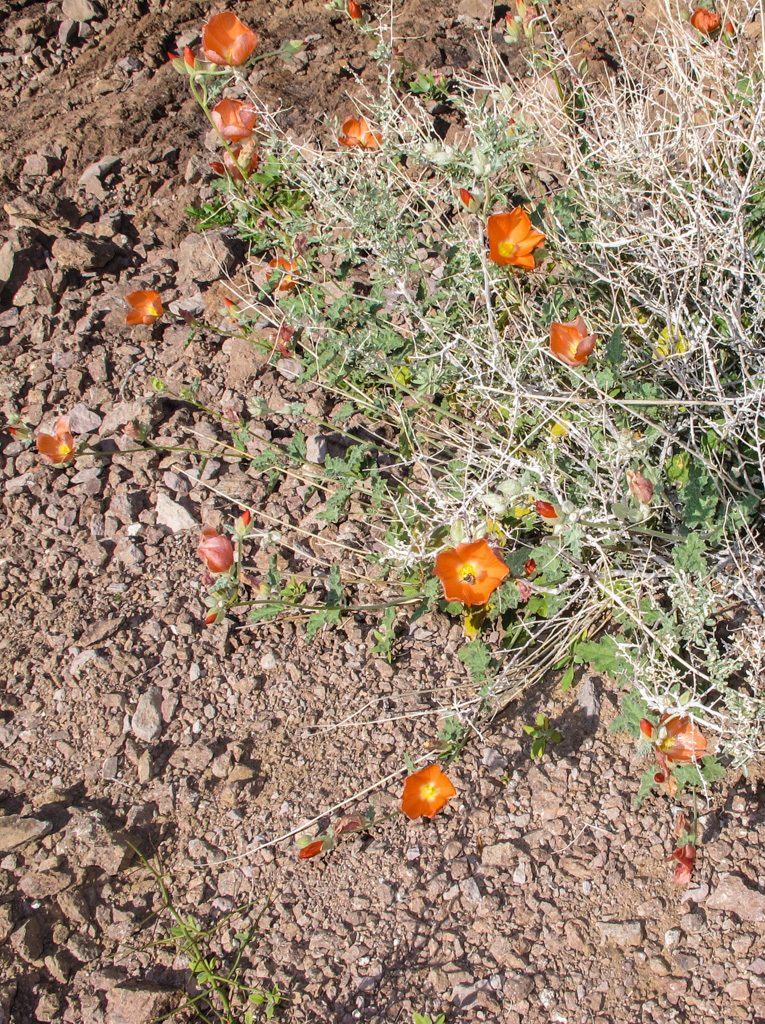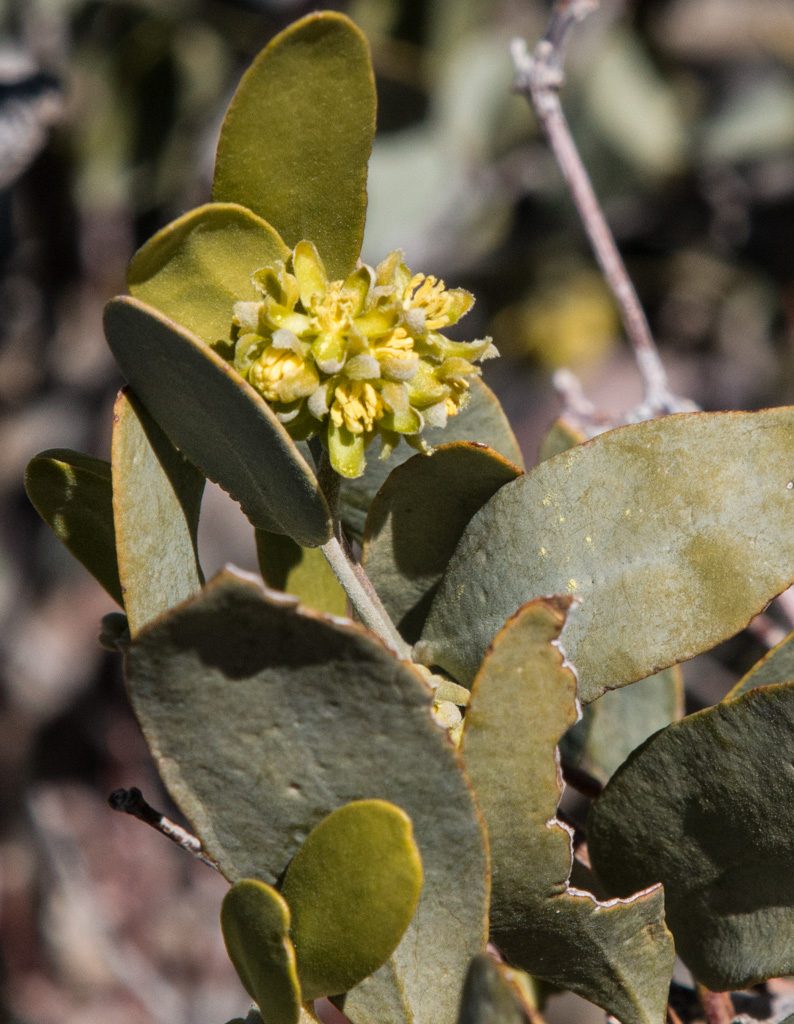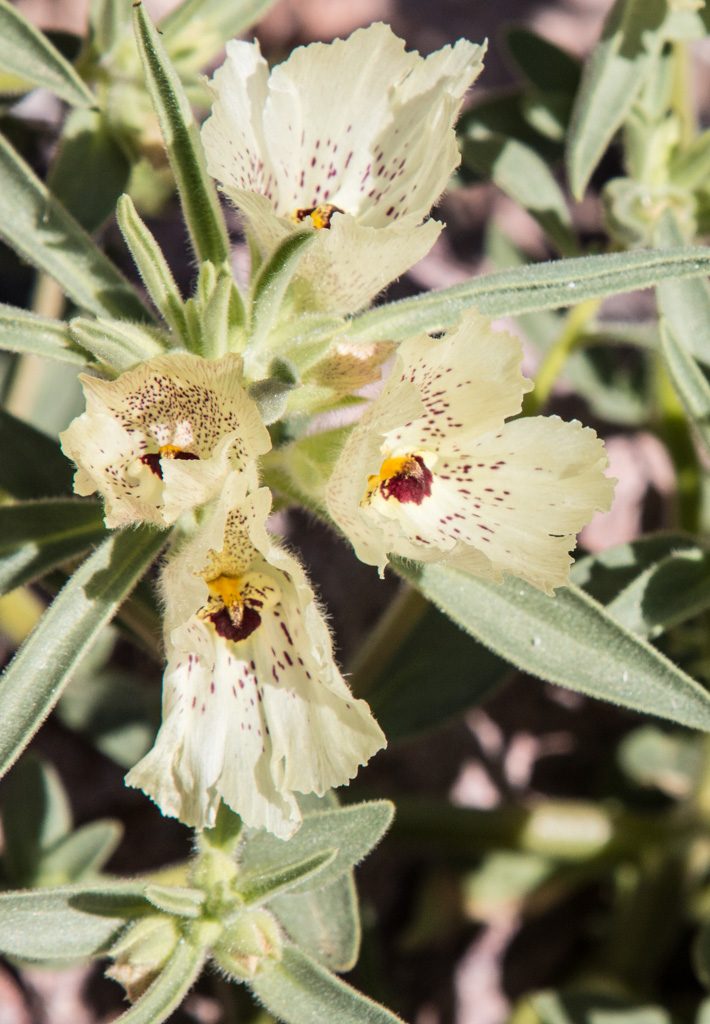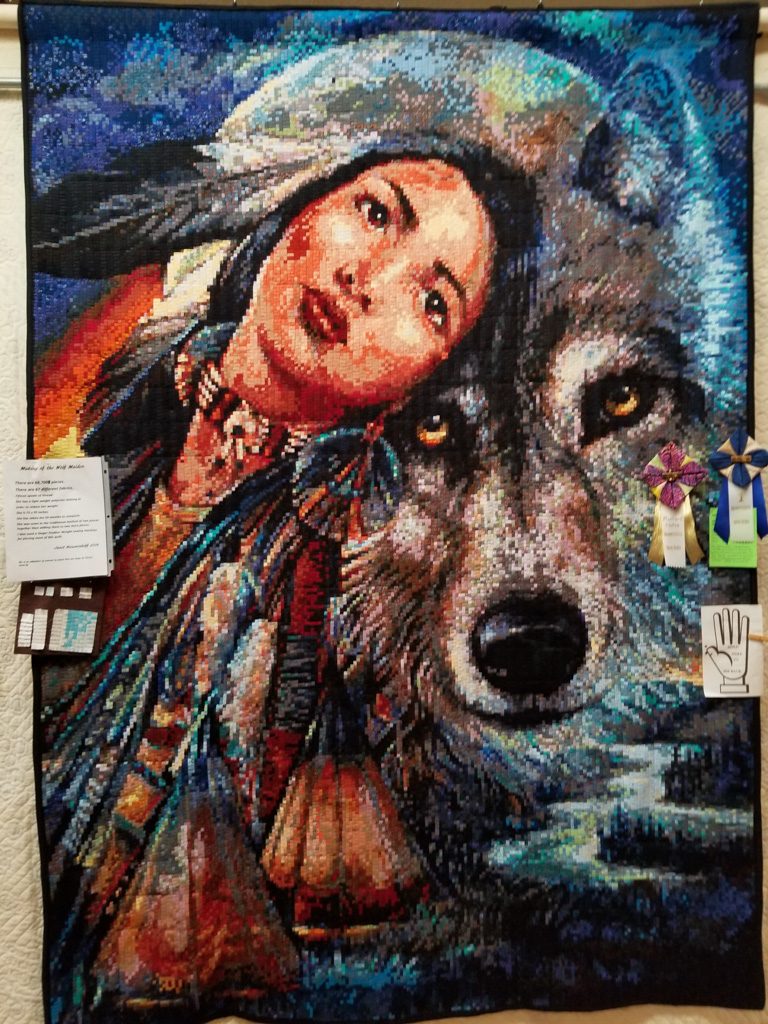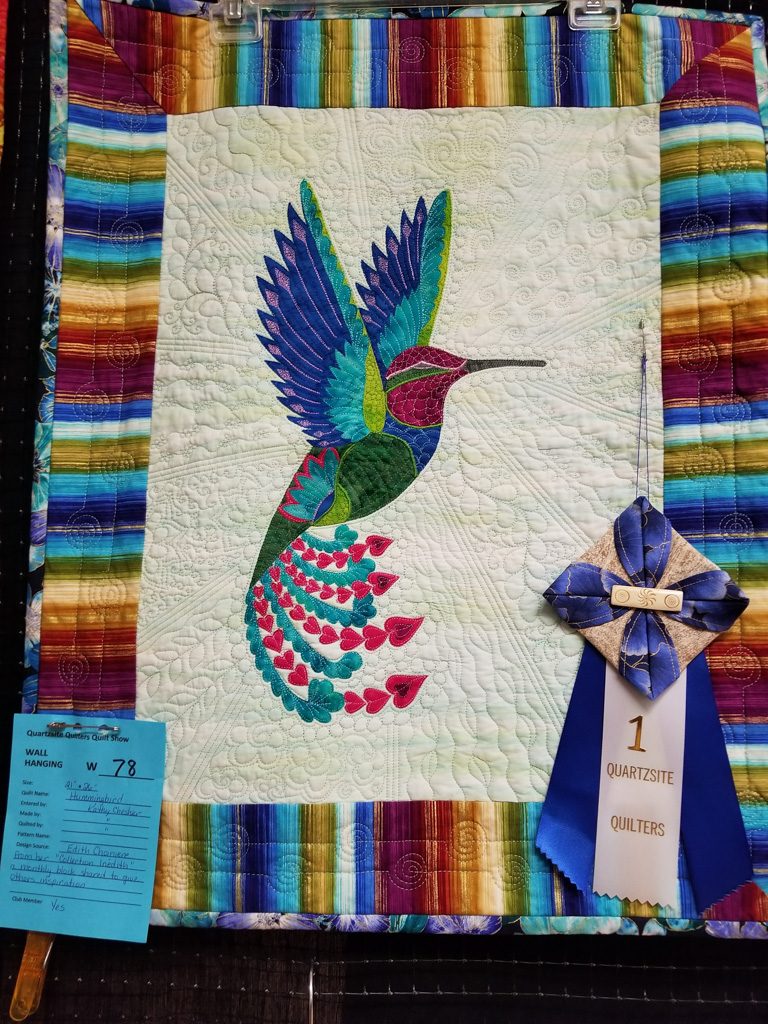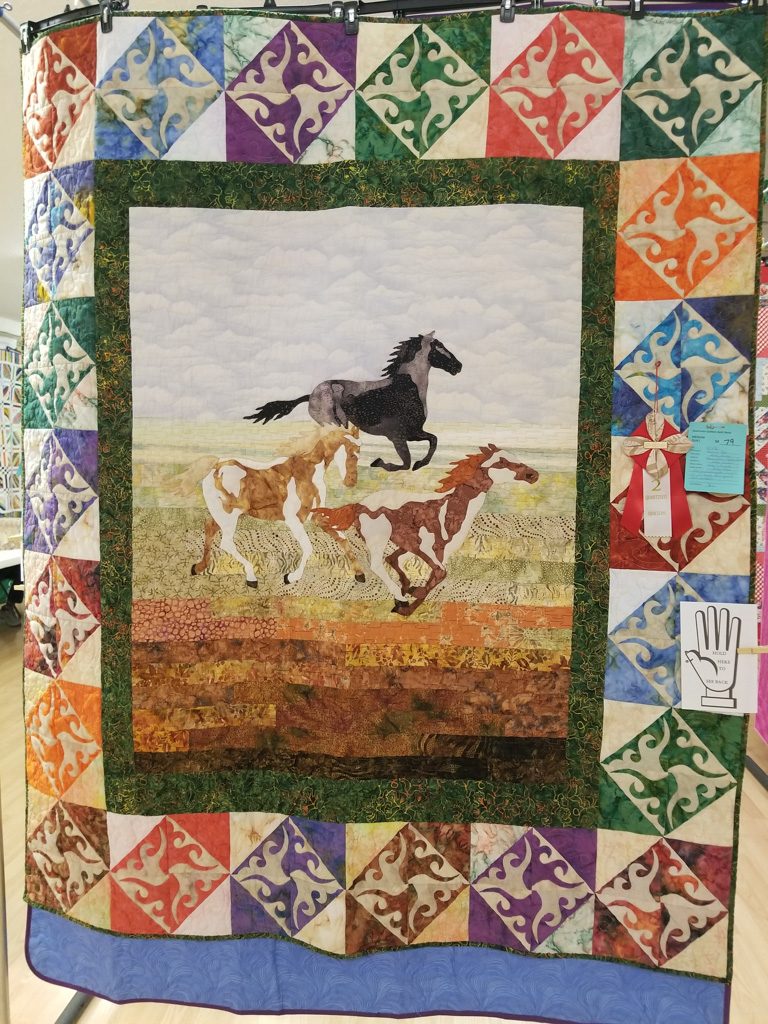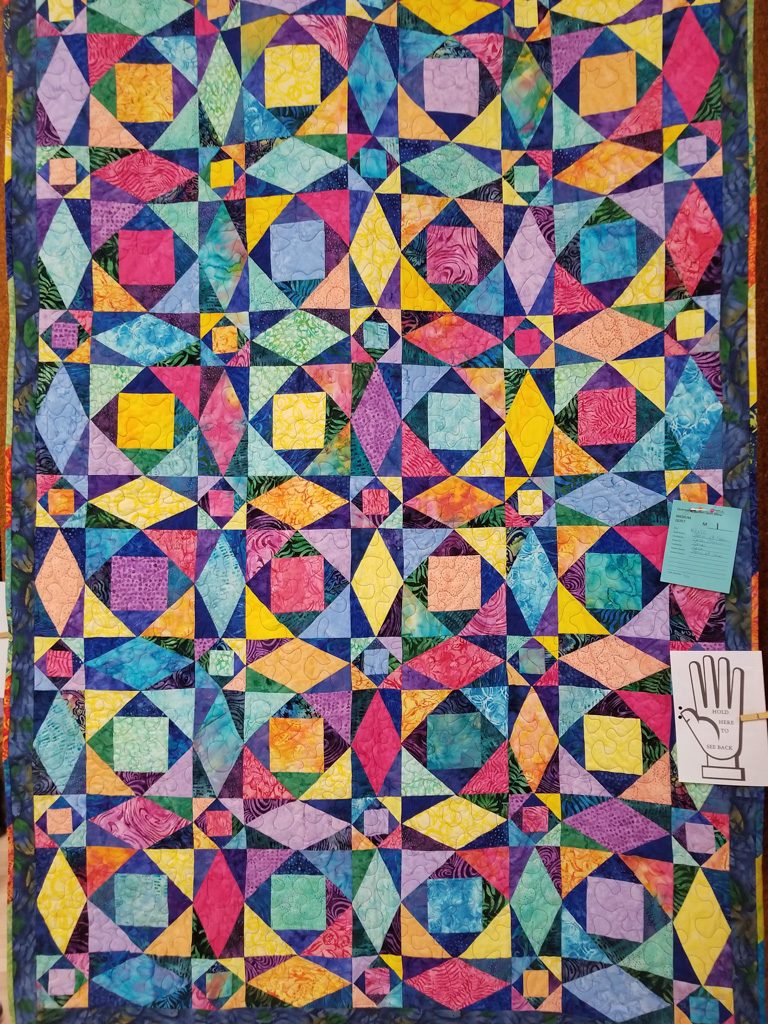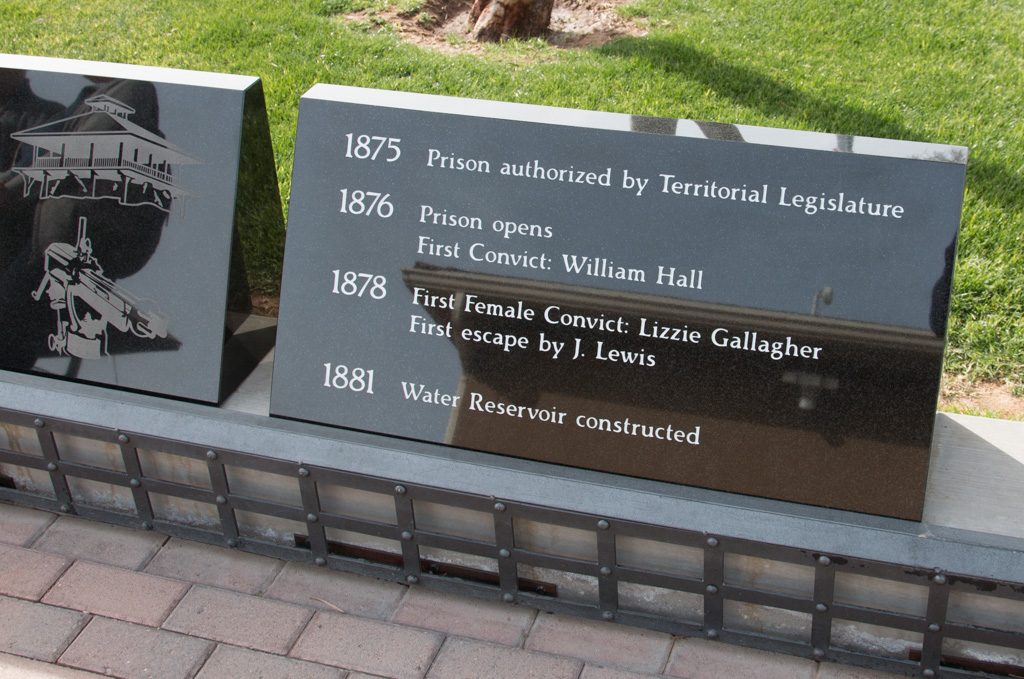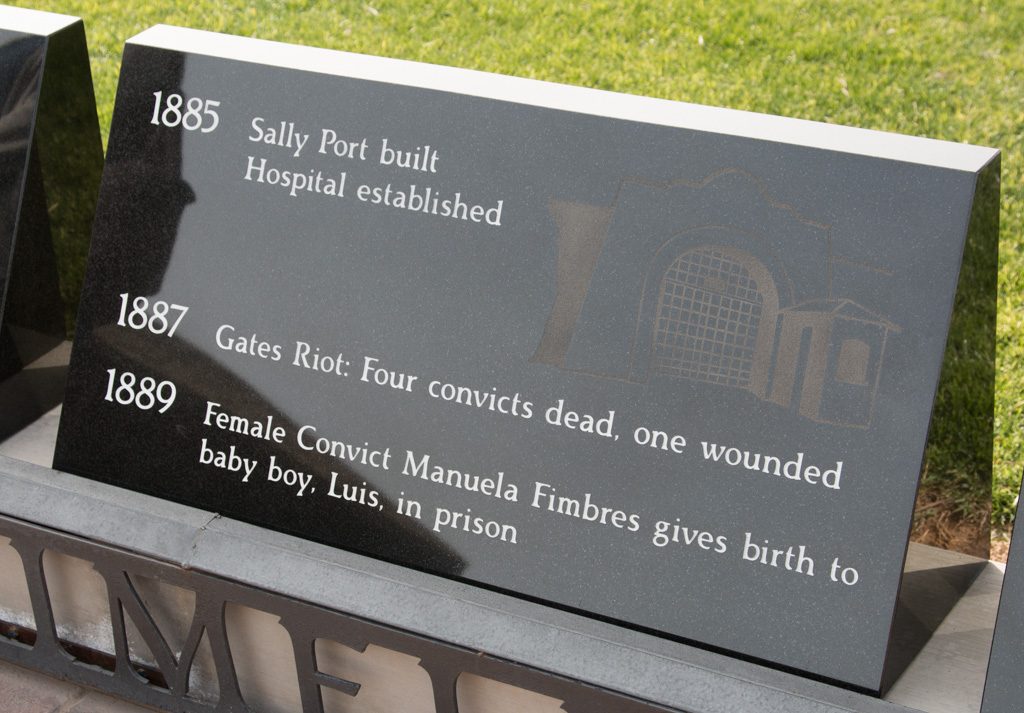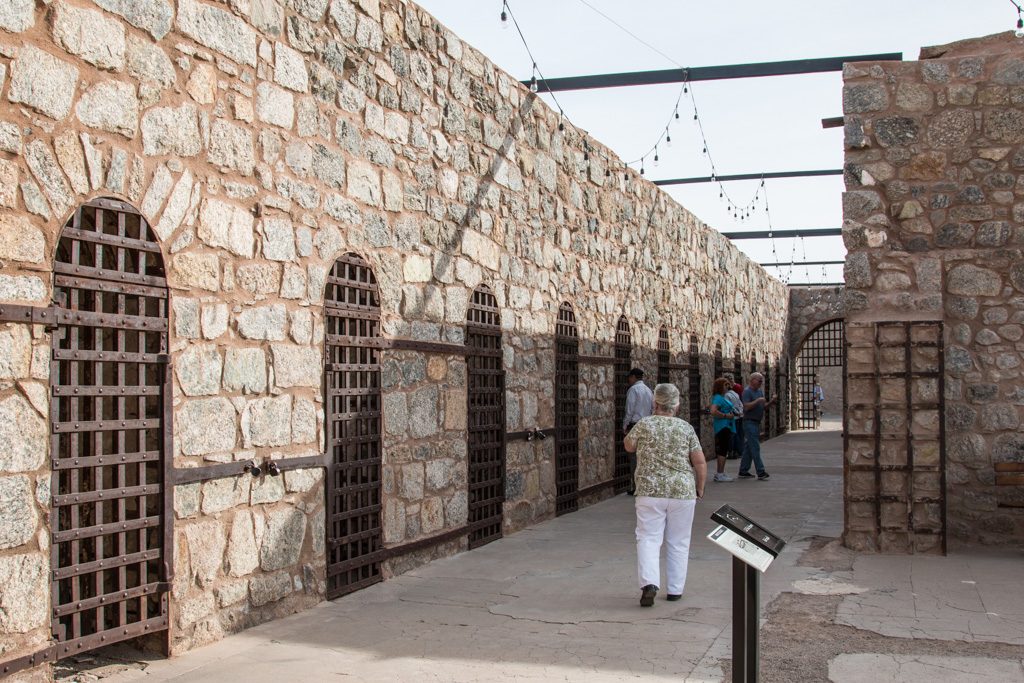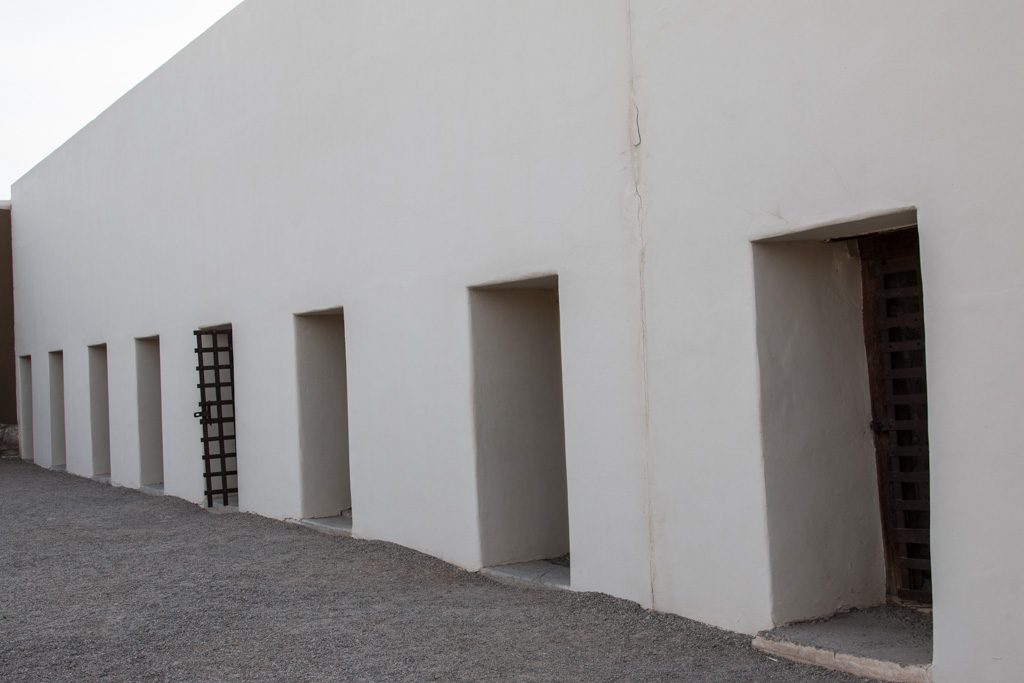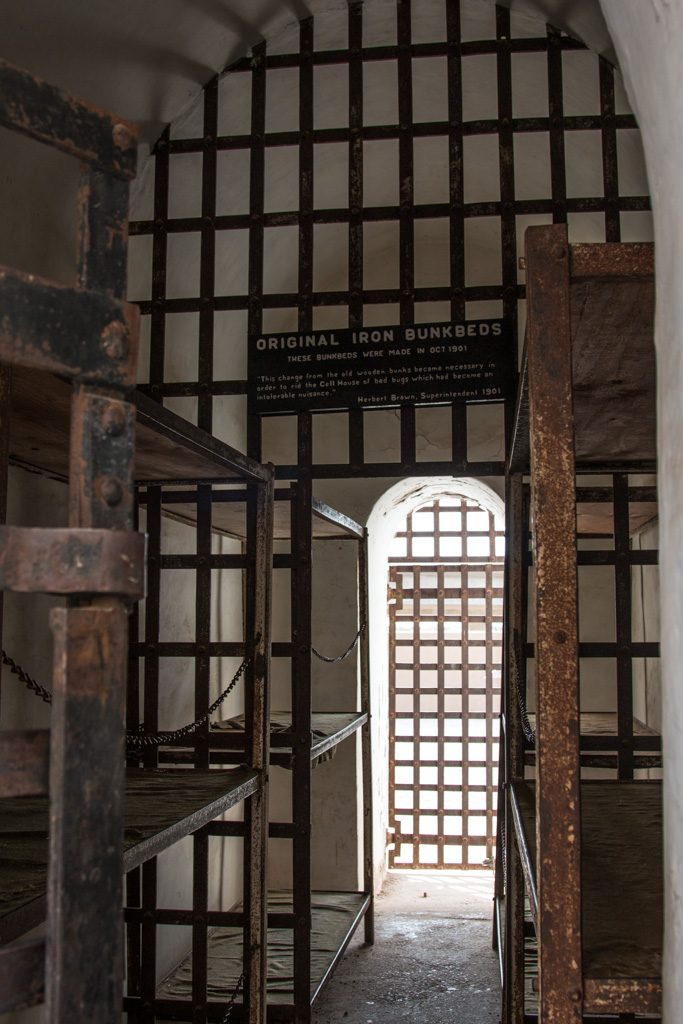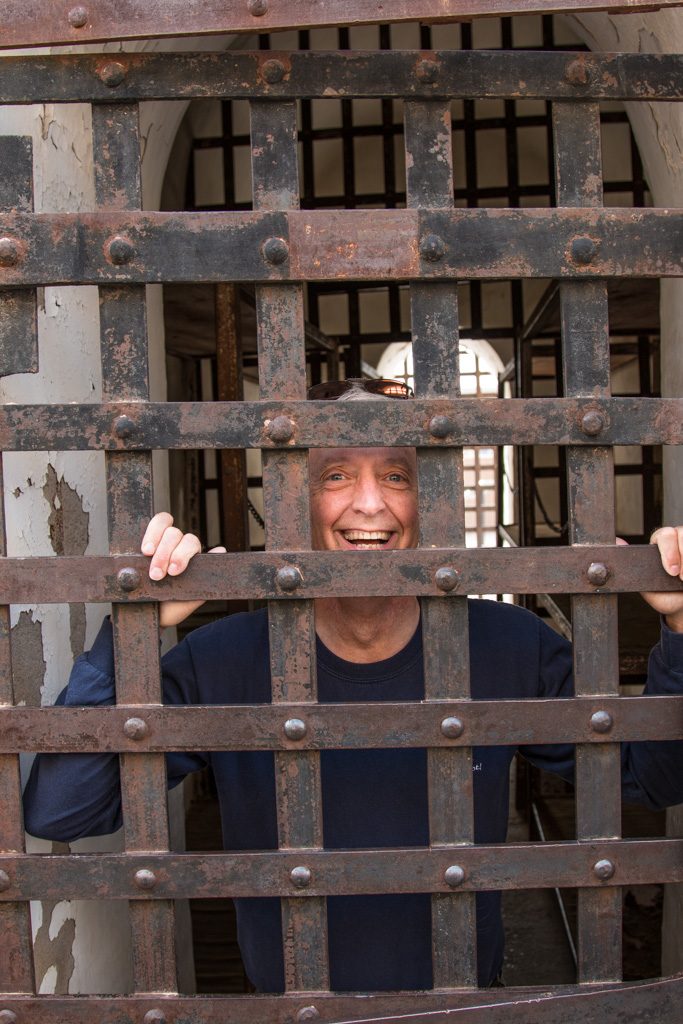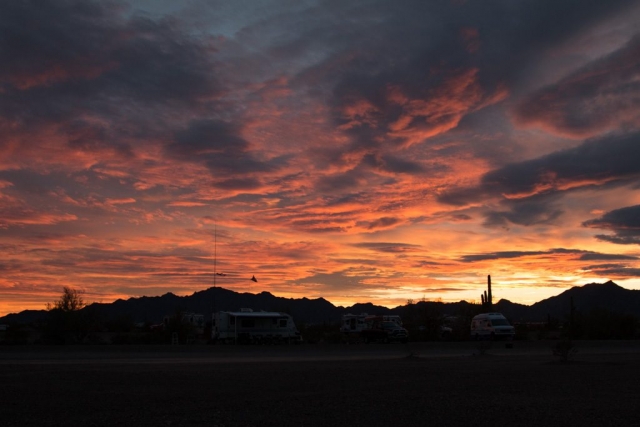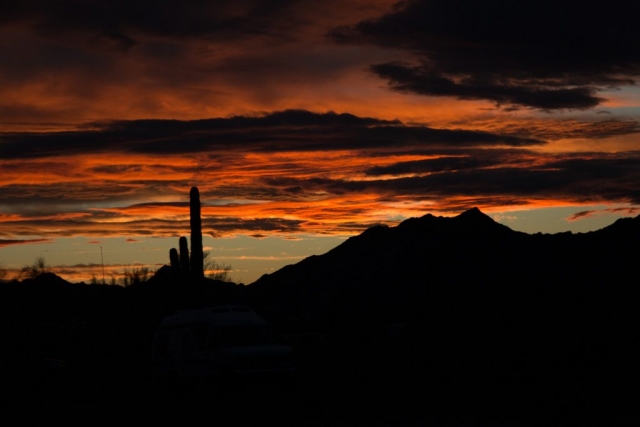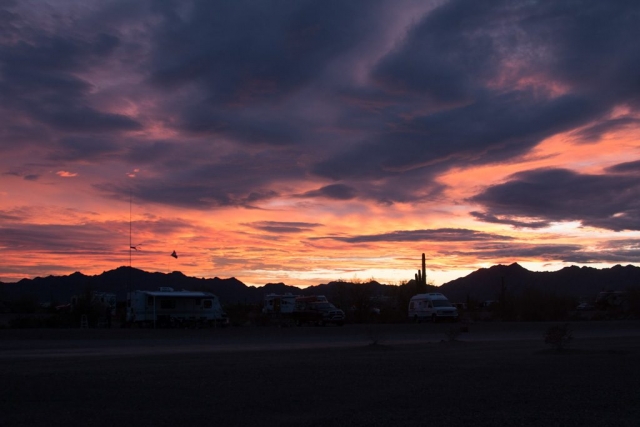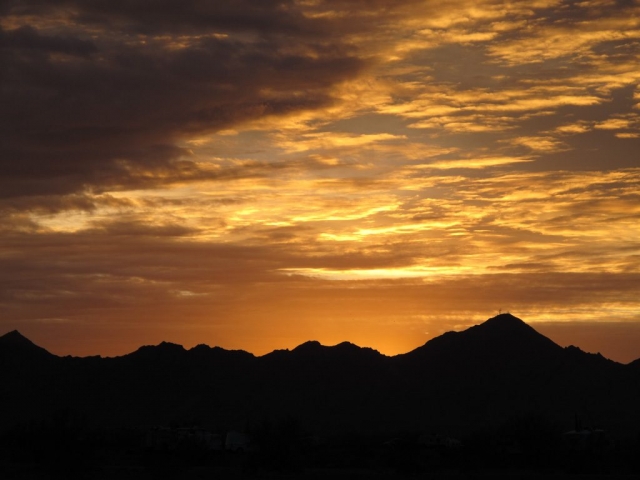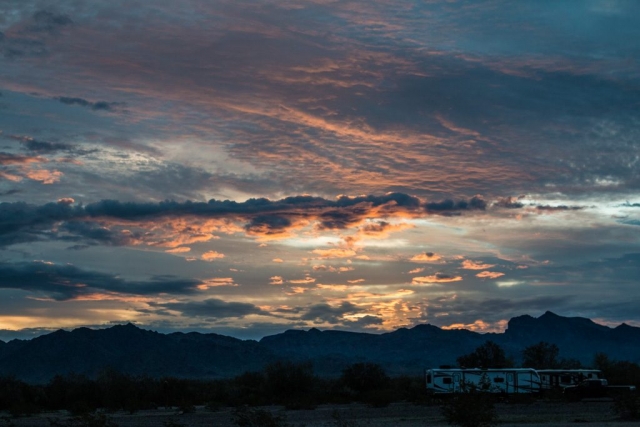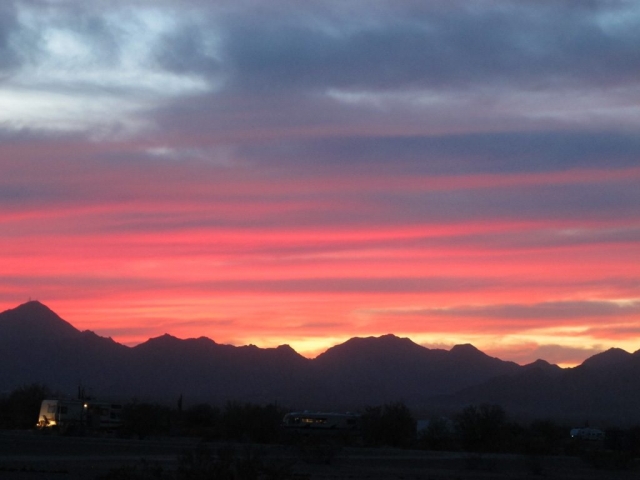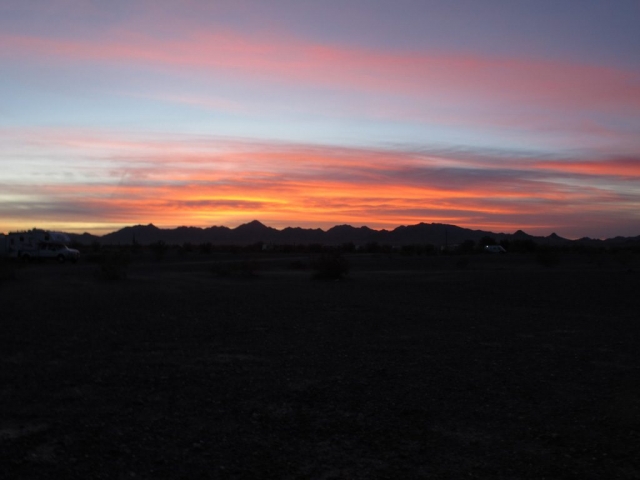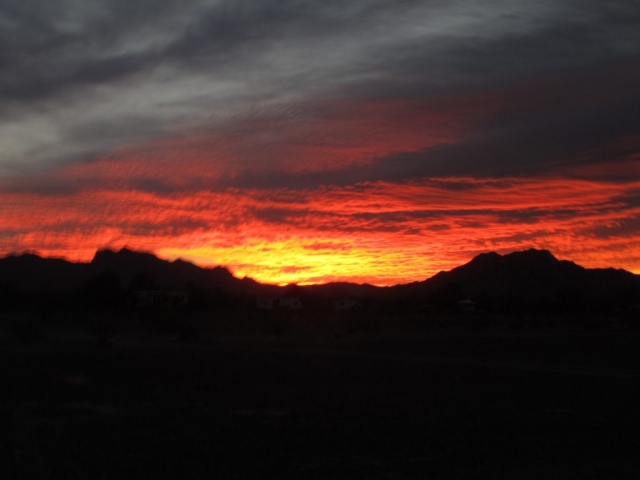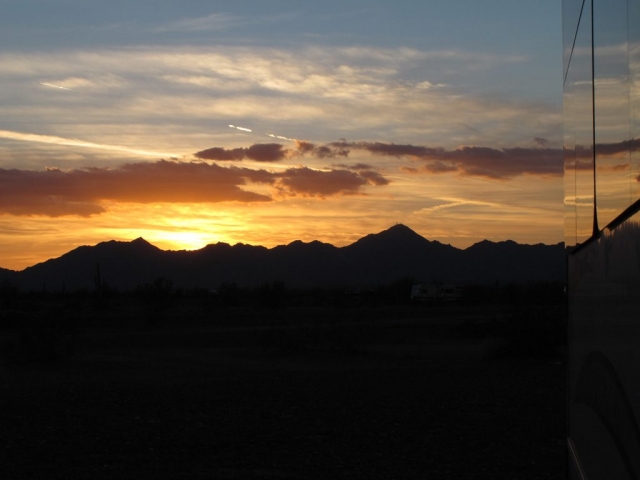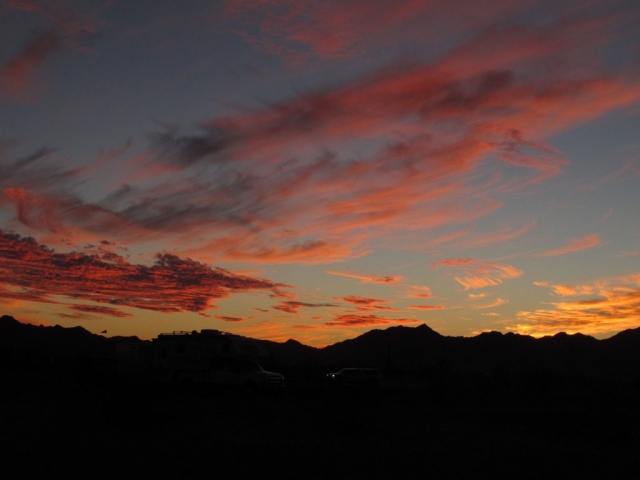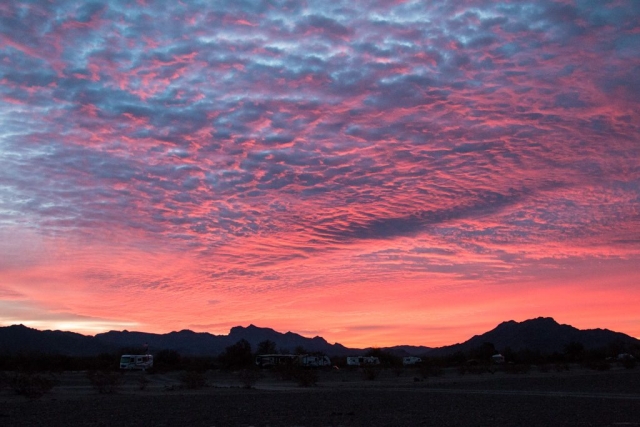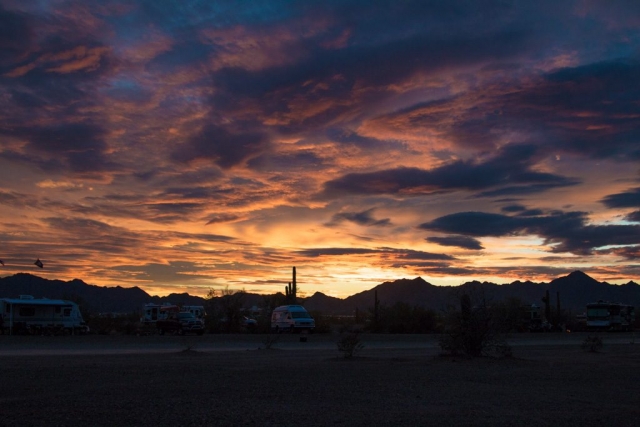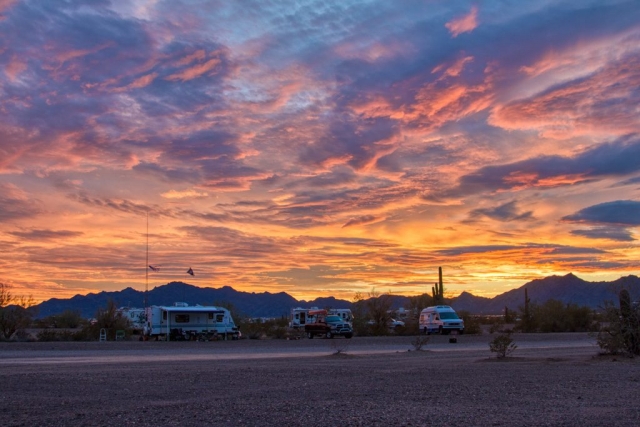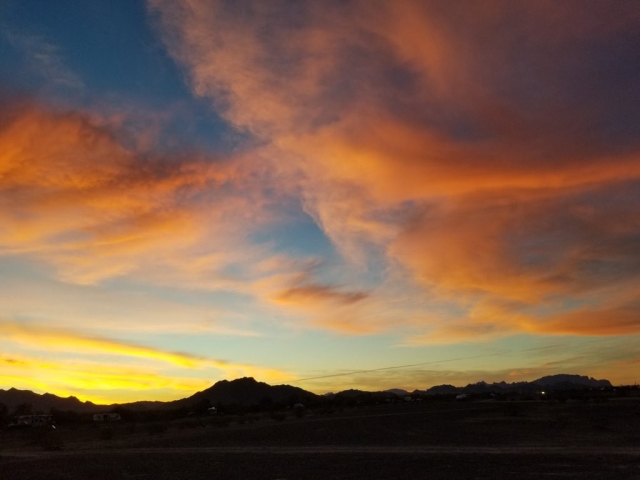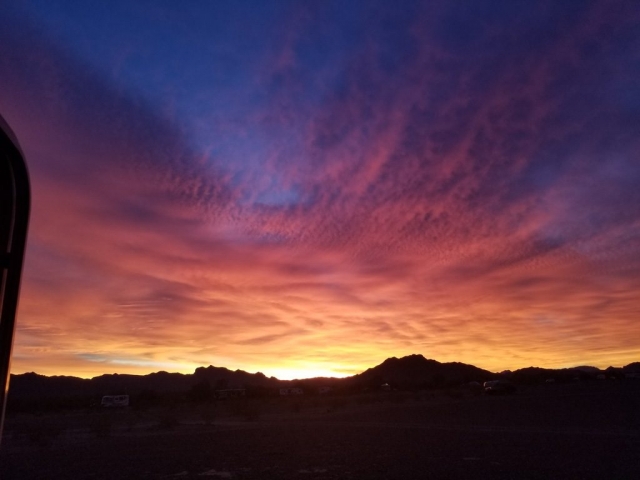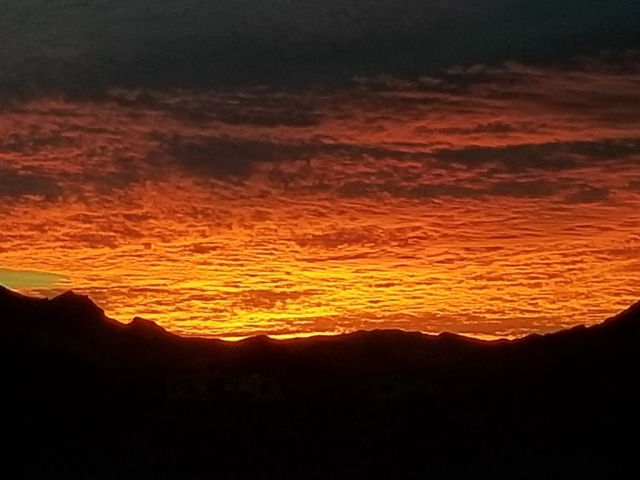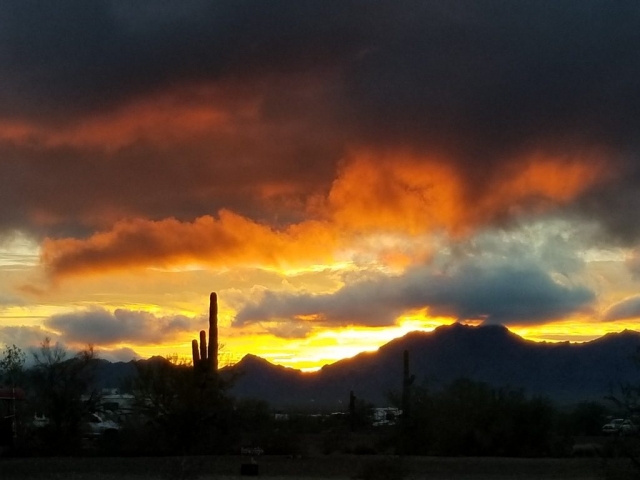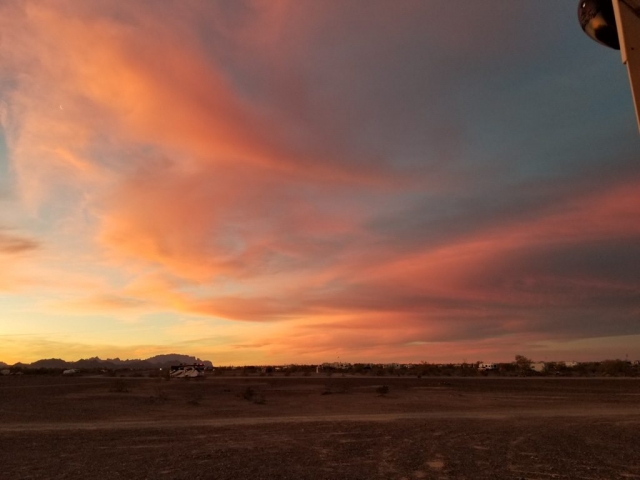A short post, for a change…
More than anywhere else in the world is a pretty bold claim. But that is just what Los Algodones, Mexico claims. More dentists in a four-block area (the size of the town center / business district) and more dentists per-capita than anywhere else on the face of the earth. According to one report, more than 350 dentists.
Going from just outside Yuma, AZ to Los Algodones Mexico is fairly simple. You walk through a turnstile. No checks, no passports, no guards (at least no visible guards). We crossed the border just to take a look see; we had nothing in mind that we needed to get there.
I tend to believe the claim about dentists! The montage below is a small sampling of the photos I took of the dental storefronts.

And it isn’t just dentists. Los Algodones is a mecca for American and Canadian snowbirds, for dentists, drugs (prescription), and glasses (couldn’t think of an alliterative “d” word for vision things). It is said that on a typical winter day, there are more Canadians in Los Algodones than Mexicans. I’m sure that the same could be said for the Americans.

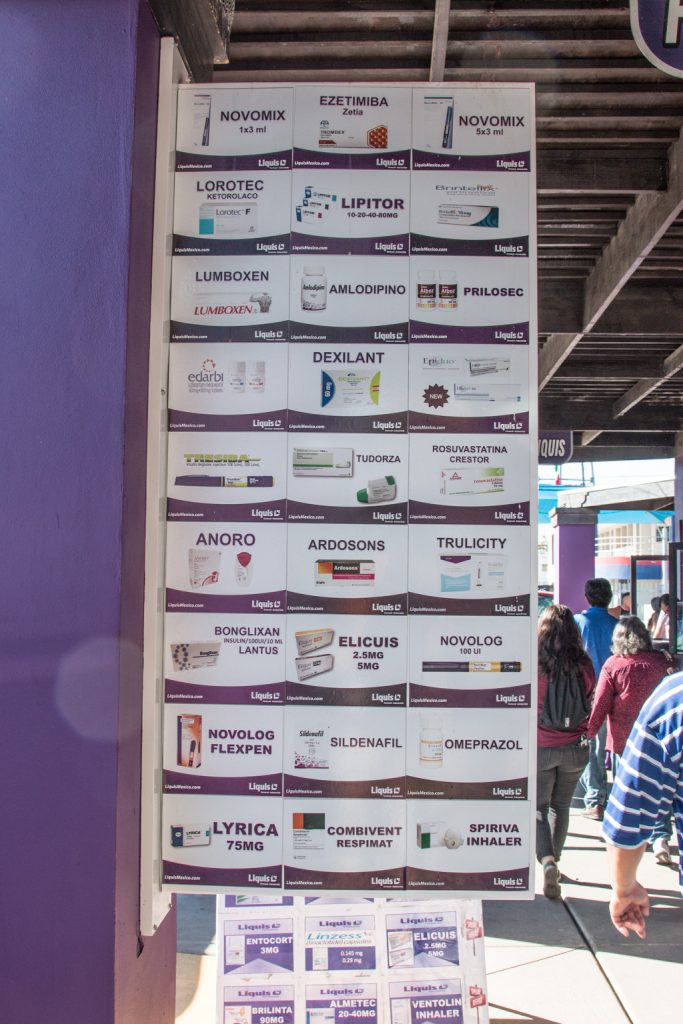
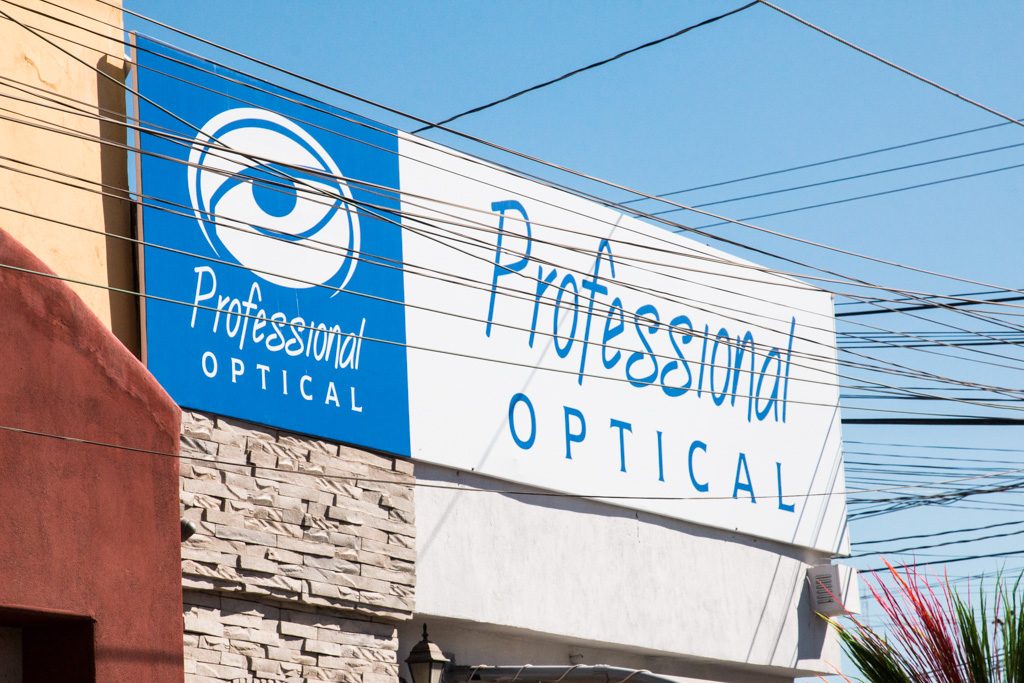
As you can see from the montage, the dentists offer everything from simple cleanings to implants, the optical stores go from vision tests through delivery of the glasses, and in the pharmacies, no prescriptions are apparently needed. We didn’t make use of them (our medicare drug plan is great), but a neighbor here in Quartzsite told us you just tell them what you’re taking. Simply ‘mazing.
The usual caveats apply. Do your homework. Get recommendations. Talk to your doctor about using Mexican drugs. But we know someone who has been using a dentist there for 15 years, and have been told of a retired dentist who goes there (“a friend of a friend,” so apply judgement). Are Mexican cleanings in our future next year? Maybe. Implants? That would take a lot of convincing.
The prices are much, much lower than in the states and Canada, and everything is negotiable. “How much is this?” “Forty dollars.” “Sorry, too much; have a nice afternoon.” “Wait! How much do you want to pay?” And so it begins.
Let me tell you, Kathe is one good bargainer! One item she got was a dollar over half the original price.
Los Algodones has one business: selling to the snowbirds. We happened to go there on the day they were having a “Goodbye and thanks, snowbirds” party. There were tent booths on the streets with free food and booze… and lines… which we didn’t partake of. But they also had a stage with performances by several dance schools. We stayed there for a while.
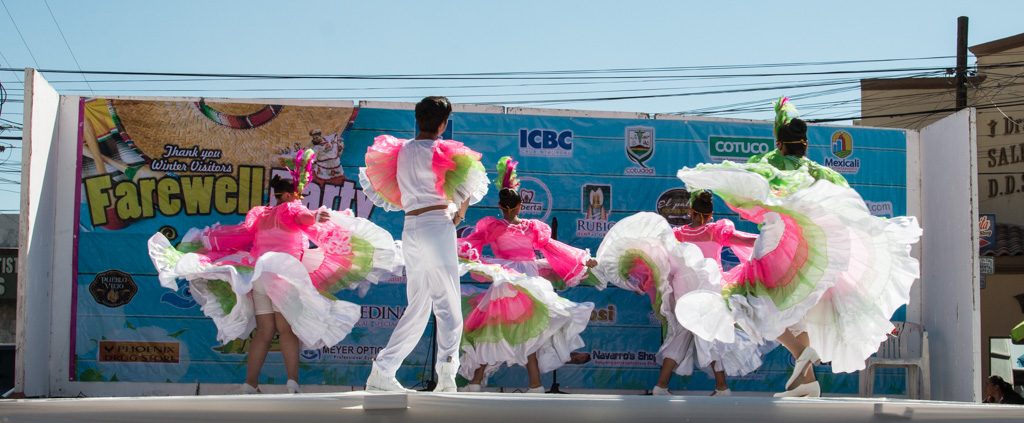

In addition to the high profile items (dentists, drugs, and glasses), the people of Los Algodones are happy to sell you other things as well! Leather goods, hats, clothes, jewelry, etc. In addition to the stalls on every sidewalk, there are merchants walking the streets and the restaurants offering you items to buy.
“No, thank you.” … “No, thank you.” … “No, thank you.”
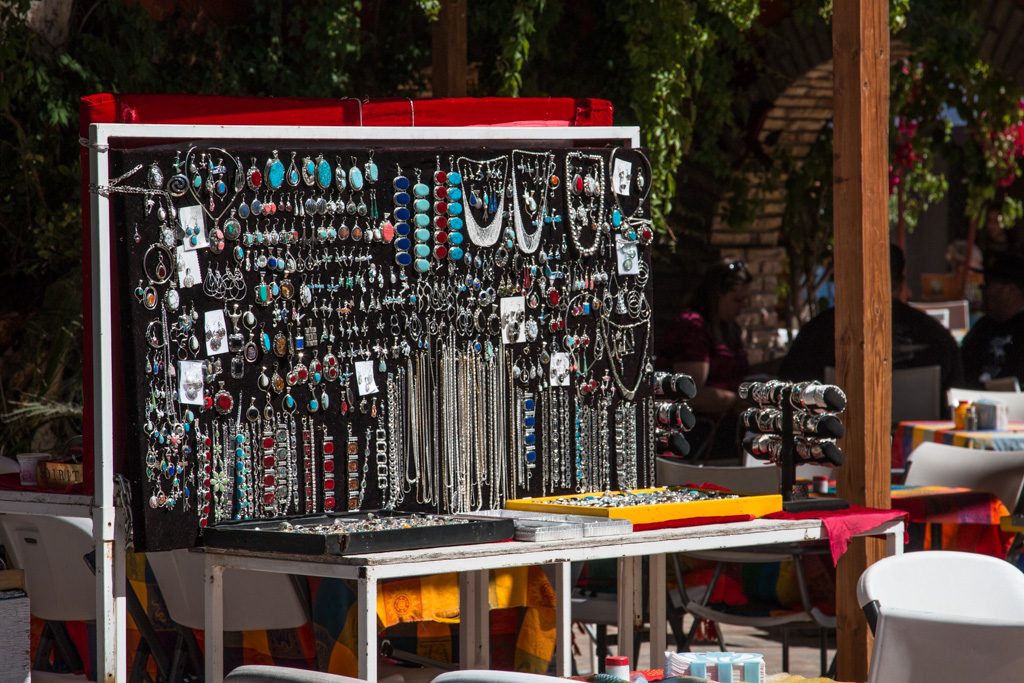
“Shoeshine mister? Ten bucks.” “No thanks.” “They need it.” Well, yeah, they did, but I wasn’t in the mood.
Being a geek, one of the things that struck me was the tangle of overhead wires (phone and power). As much as I dislike “telephone” poles and overhead wires in the US, this was overhead wiring of an entirely other order!
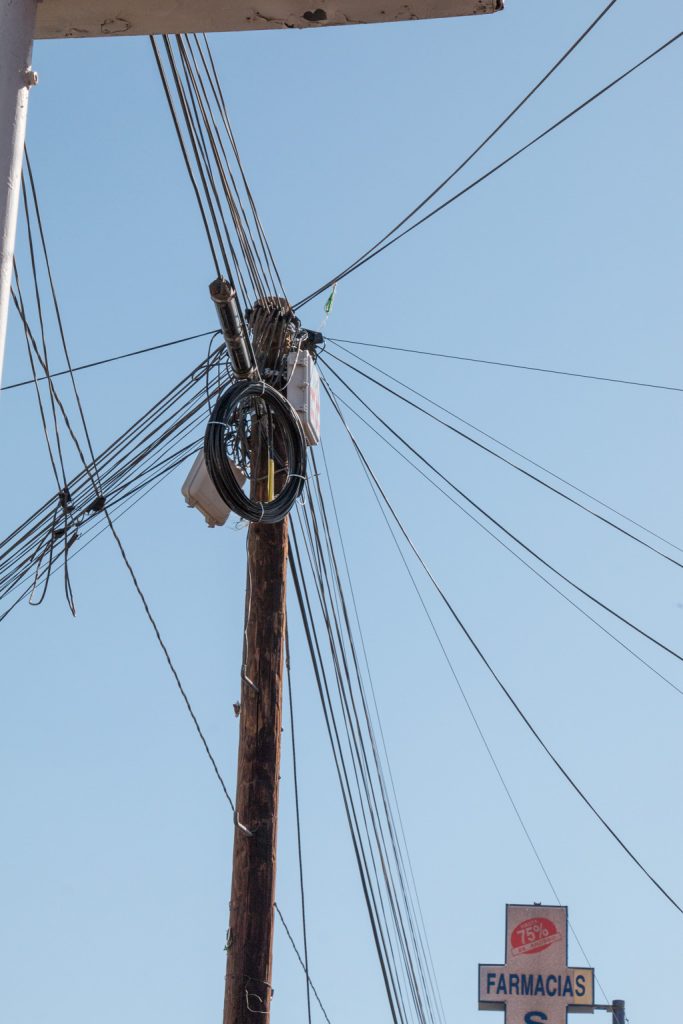
We only spent about three hours there; we just wanted to see what all the talk was about. We did have a nice shrimp taco lunch (not all that much cheaper than it would have been in Quartzsite), and then we headed back.
Remember how simple it was to get into Mexico? Well, to come back to the US, we walked across the border, too. But that’s where the similarity ended. Passports, Customs and Border Protection personnel, and a 38-minute line. Can’t complain though. We’re told that later in the day the line can be two hours!
Trivia: Los Algodones is the nickname for Vicente Guerrero. It means “Molar City.”
Sorry, no sunset for this post; we were back in the US and our car by 1:00 PM!

